This is a photo essay examining media literacy through the nonverbal language of images. This photo essay examines the visual iconography of Episodes 1 to 36. These images may be visual tropes extending far back into the past of early man. The viewer has either absorbed these visual images through cultural osmosis and is unknowingly fluent in this language or was born with primitive ancestral inherited instinctive reactions to these images. These images are components of the zeitgeist, noosphere, ideosphere, or collective unconscious. These iconic images likely sprang from human culture organically. Artists later rendered them in distilled portrayals of the real world. This likely became a reinforcing positive feedback loop creating evermore iconic images. Super Dimension Fortress Macross and Robotech continue the ancient tradition of storytelling and mythology as demonstrated by the examples below. These images suggest the more things change, the more they stay the same. Everything old is new again. The form is the content. The style is the substance. Image is everything. The following photo essay may be enjoyed by fans of either franchise but this essay was composed primarily from a point of view prejudiced in favor of Robotech. If this photo essay demonstrates audiences have responded to these repeating motifs across generations stretching back to ancient man, perhaps fans of Robotech and the fans of its source material can set aside their differences and unite in a common uplifting spirit and love of art shared by all humanity as evidenced below. This photo essay does not assert SDF Macross took inspiration from any of these sources or inspired later imitations. This photo essay simply aims to illustrate certain patterns in art and humanity.
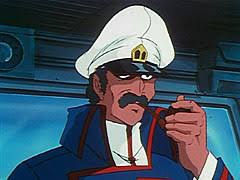
Captain Henry J. Gloval’s (Bruno J. Global’s in SDF Macross) character design projects military authority likely borrowing from historical examples. In Robotech his character is of Russian ancestry and in SDF Macross Italian.
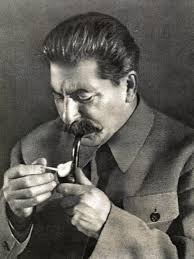
Marshal, Chairman, or Premier Joseph Stalin

Stalin

Stalin
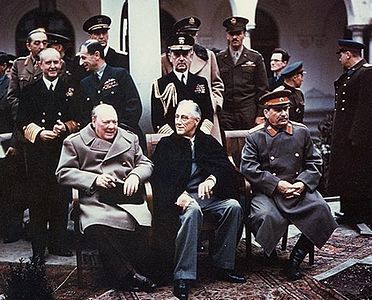
Stalin and Prime Minister of the United Kingdom Winston Churchill. Their overcoats may have influenced Captain Gloval’s uniform.

United States Army General Douglas MacArthur 1880-1964. General MacArthur was the Military Governor of occupied Japan from 1945 to 1951. The pipe imagery could also be extended to Santa Claus and the Popeye character. These may all portray the Distinguished Gentlemen’s Pipe trope.
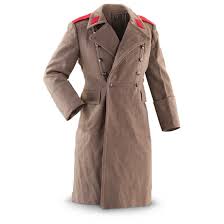
Soviet overcoat
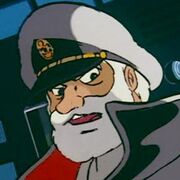
Captain Juzo Okita from the 1974 animated series Space Battleship Yamato. The initial concept of what later became Super Dimension Fortress Macross was to create a parody of this series and perhaps Captain Gloval’s character design is based on this character.

The veritech (valkryie in SDF Macross) helmet may borrow from the lethal imagery of the hooked beak of raptors, hawks, and eagles and perhaps Horus, the Egyptian deity.

A bald eagle demonstrating the raptorial hooked beak of birds of prey used for tearing flesh.

The ancient Egyptian deity Horus. He is a sky god or is the sky itself. The hybrid nature of transformable mecha may be an allusion to his hybridization of man and falcon.
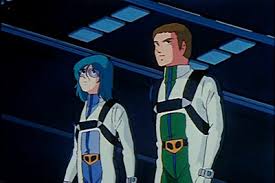
Flight suit
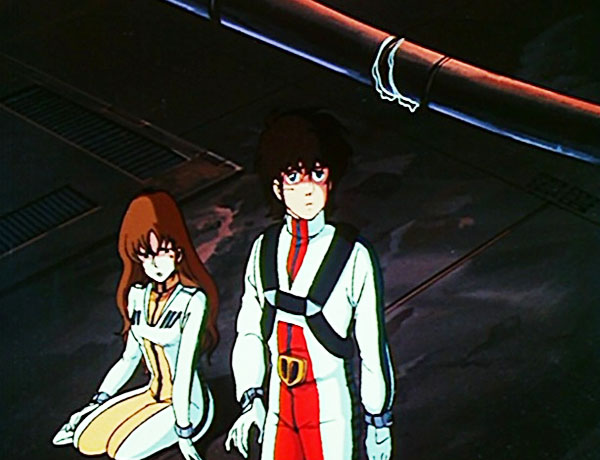
Flight suit

Flight suit and parachute

Skull-One in battloid (battroid) mode with the skull and crossbones insignia implying lethality.
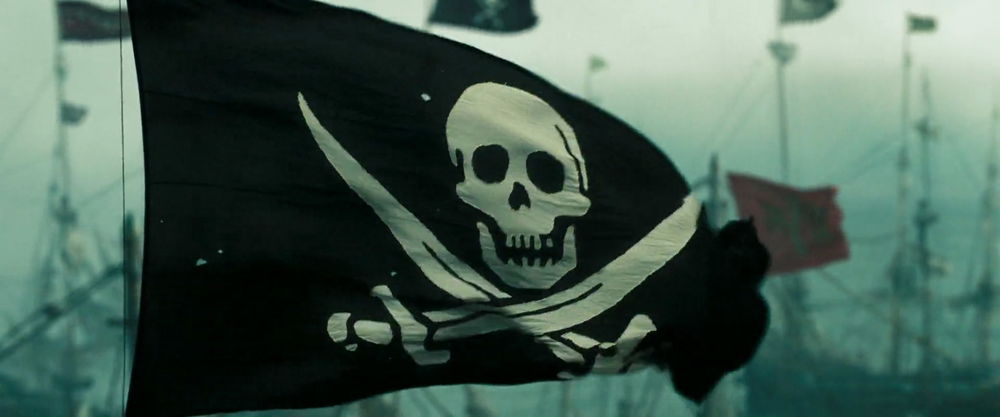
The Jolly Roger

Toxicity class label and hazard symbol.
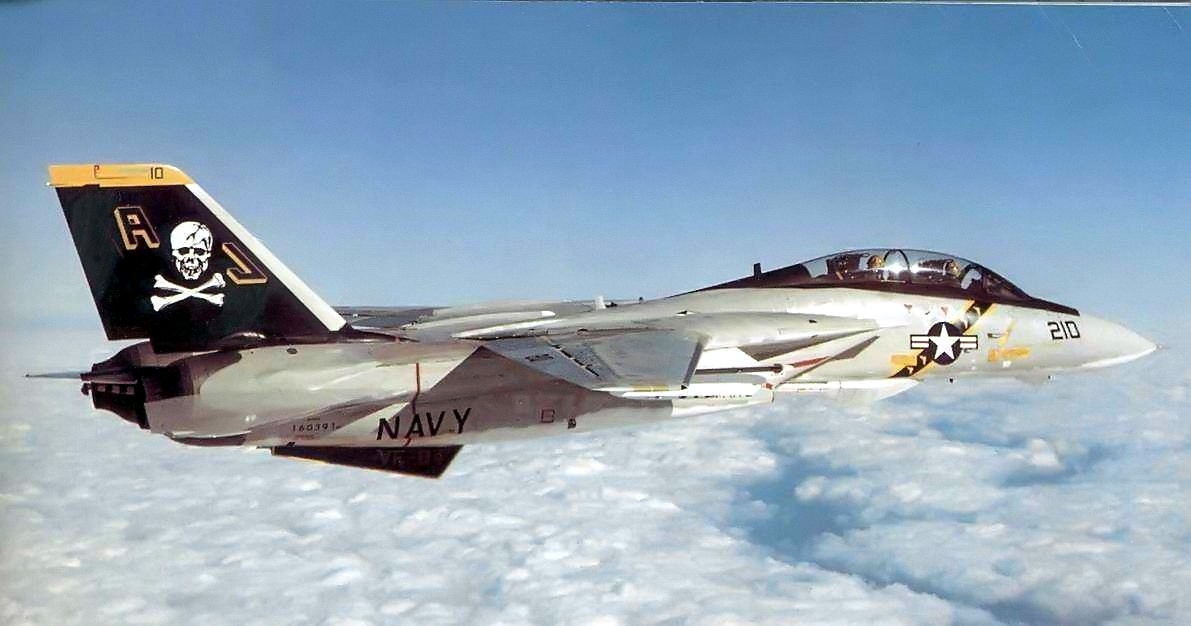
An F-14A Tomcat of the VF-84 Fighter squadron of the United States Navy with its 1970’s color scheme. The aviation unit was nicknamed the Jolly Rogers.

Zentreadi battlepods (Zentradi battle pods or regults in SDF Macross) somewhat resembling human skulls. This similarity may help define battlepods as antagonistic and lethal.
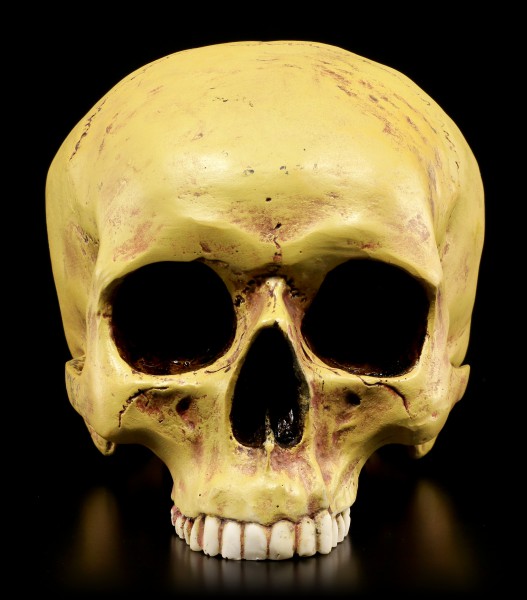
Human skull without the mandible

Roy Fokker (Focker) was inspired by Sleggar Law from the 1979 animated television series Mobile Suit Gundam.
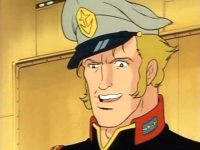
Sleggar Law

The SDF-1 in battloid mode or attack mode (Storm attacker mode in SDF Macross) with raised main gun booms portraying vertical mecha fins.

Leonardo from Teenage Mutant Ninja Turtles with twin ninjato swords somewhat resembling vertical mecha fins. This image shows the character design from the 2014 and 2016 films. This character first appeared in comics in 1984.
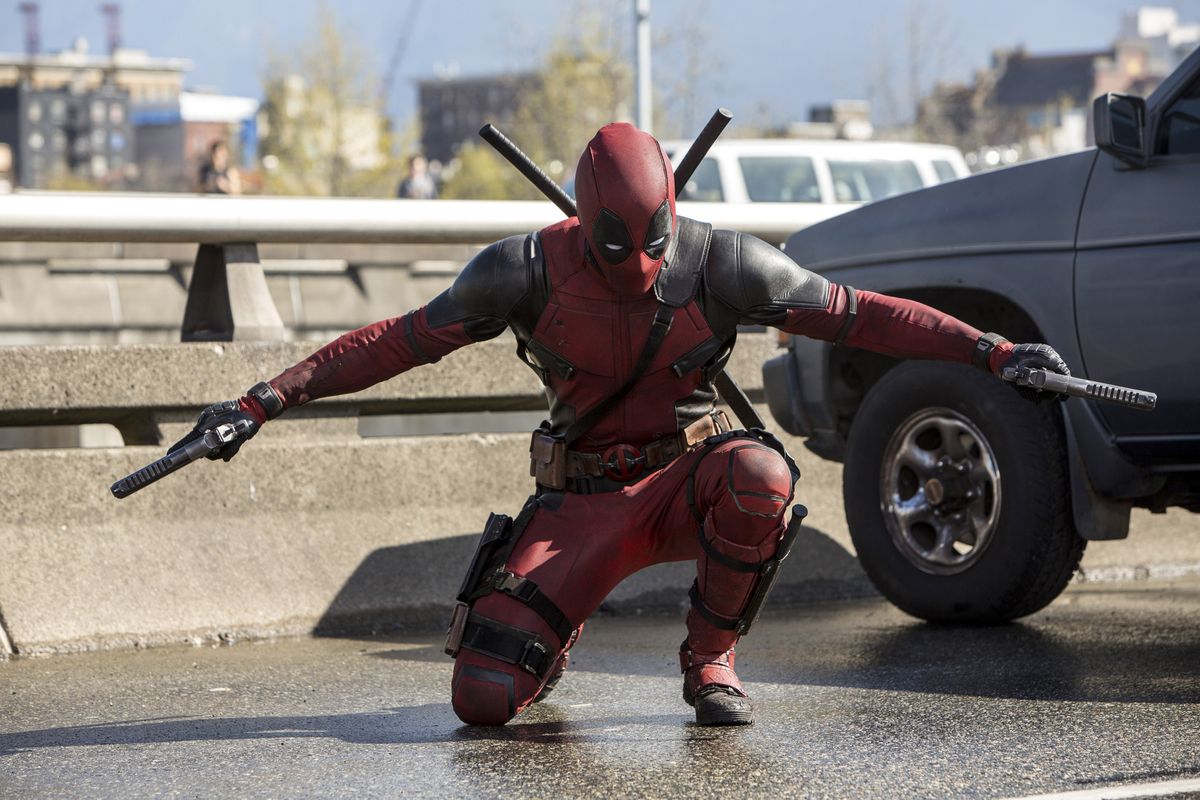
Deadpool as shown in the 2016 film Deadpool. His twin katana swords somewhat resemble vertical mecha fins. This character first appeared in comics in 1991.
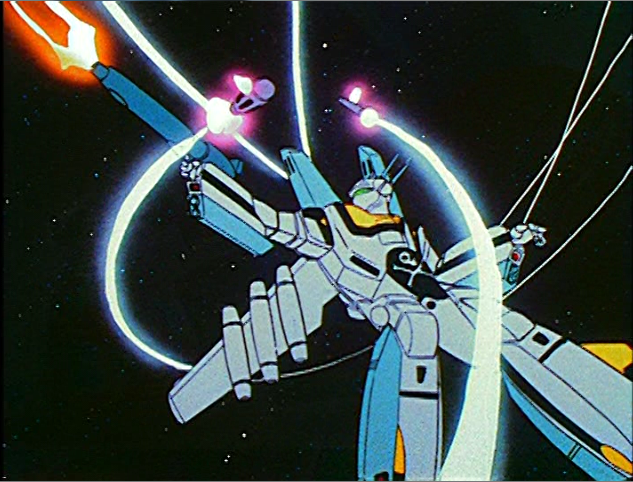
Skull-One in super veritech configuration with FAST packs or Fuel Armor Sensor Tactical packs somewhat resembling an angel.
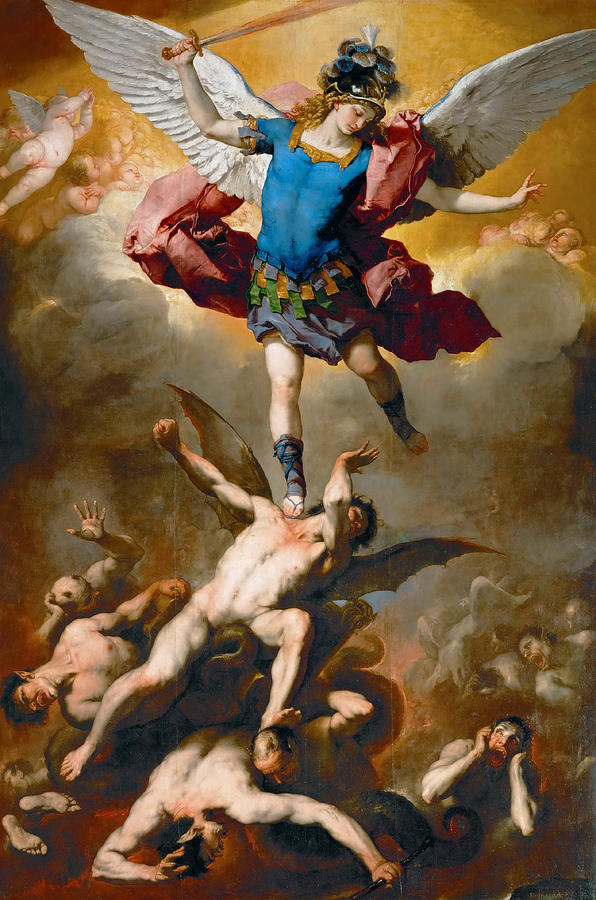
The Fall of the Rebel Angels 1666 painting by Luca Giordano portrays demons defeated by the archangel Michael. The first depiction of winged angels appears on the Prince Sarcophagus or the Sarcophagus of Sarıgüzel dated between the years 379 to 395. Robotech will later literally allude to archangels three times in different re-imaginings. The novels introduce a ship named the Ark Angel, the comics introduce a Haydonite ship named the Ark Angel, and Robotech: The Shadow Chronicles introduces a ship named the Ark Angel. This alternative spelling of archangel conjures allusions to Noah’s Ark.

The SDF-1 became an unintentional version of a migration or colony ship as it returned the residents of Macross Island (South Ataria Island) to Earth and later the same residents returned to Earth as survivors of Dolza’s (Bodolzaa’s) assault.

Noah’s Ark as the original migration or colony ship
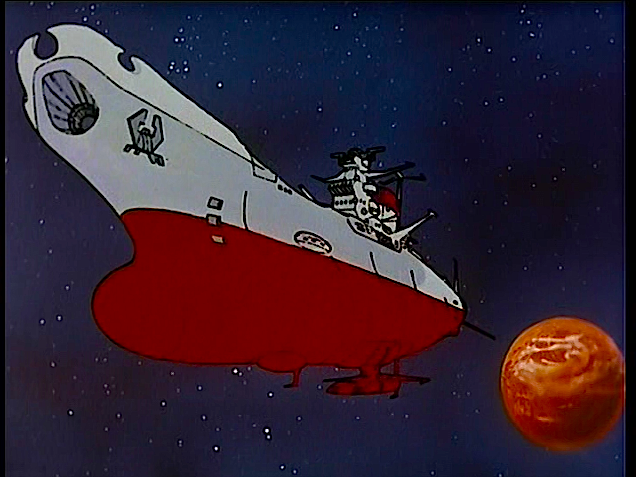
The Space Battleship Yamato from the 1974 animated series Space Battleship Yamato. The initial concept of what later became Super Dimension Fortress Macross was influenced by investors to create a parody of this series. The SDF-1 as well as the Prometheus and Daedalus somewhat resemble the Yamato ship concept.
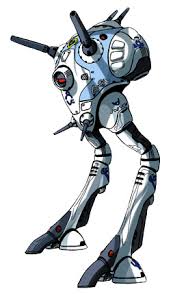
Zentreadi battlepod categorized as a Chicken walker mecha (machine). First seen in the 1982 television series Super Dimension Fortress Macross.

A chicken demonstrating digitigrade locomotion. The knee is hidden by feathers and it is the ankle joint which is most prominent. Chickens have a tarsometatarsus bone and walk on their digits or toes.

A chicken
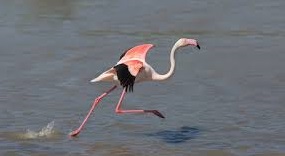
A flamingo

An AT-ST (All Terrain Scout Transport) from Star Wars first seen in the 1980 film Star Wars: Episode 5 – The Empire Strikes Back. The image shown here is from the 1983 film Star Wars: Episode 6 – Return of the Jedi. SDF Macross was broadcast in 1982.

ED-209 (Enforcement Droid, Series 209) from the 1987 film RoboCop.

P-5000 Powered Work Loader (Power Loader) from the 1986 film Aliens.

Breetai (Britai Kridanik in SDF Macross) attacking Rick (Hikaru Ichijyo) as seen in Episode 11. Mecha itself may be the modern equivalent of medieval armor.
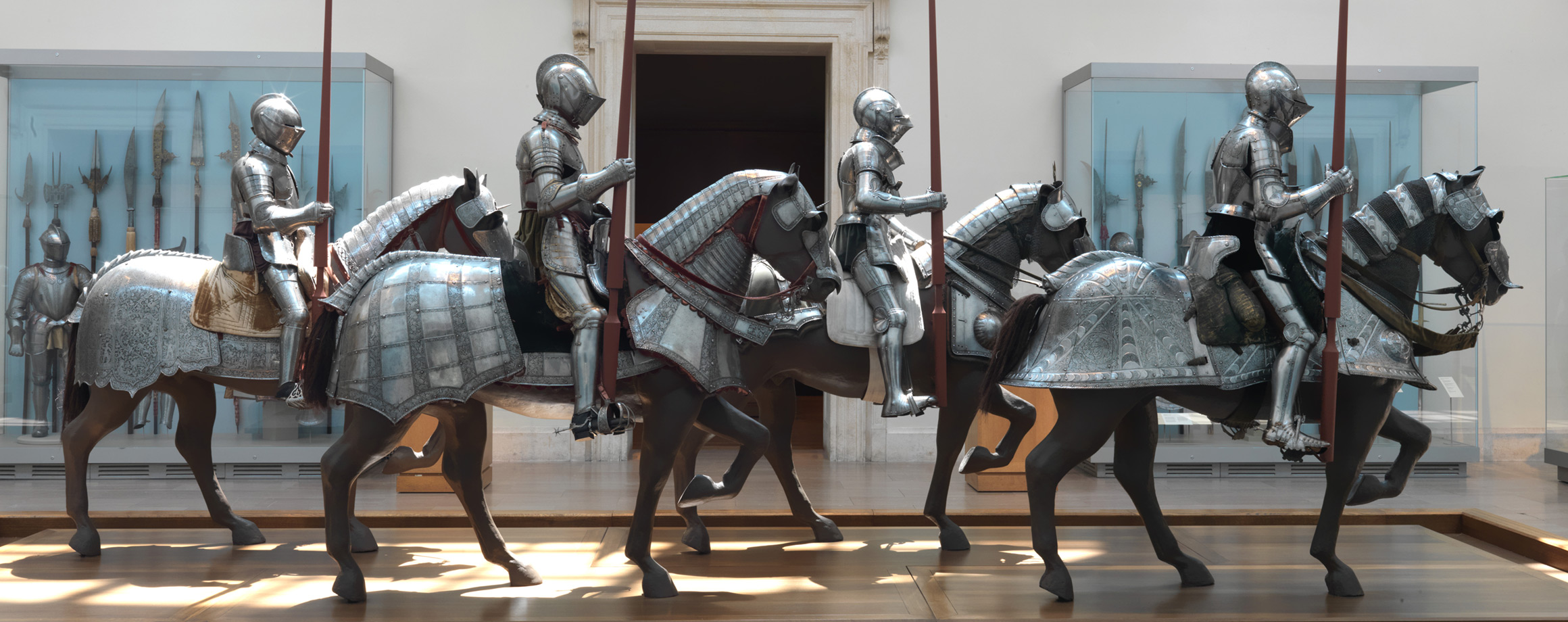
Medieval armor

A physically and spiritually deformed Breetai resembles the character design of several antagonists.
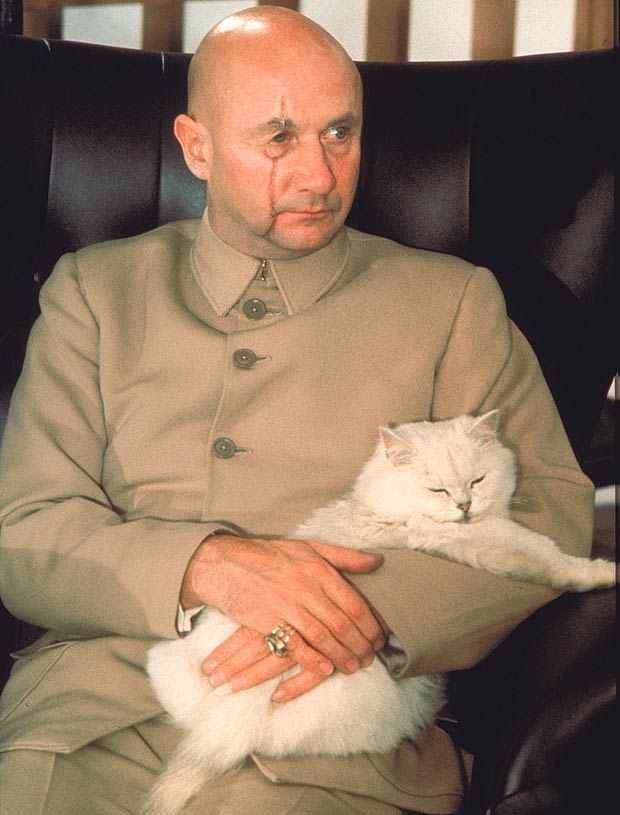
James Bond villain Ernst Stavro Blofeld from the 1967 film You Only Live Twice. The character has a facial dueling scar.

Dr. Evil from the 1997 film Austin Powers: International Man of Mystery parodying the James Bond villain Blofeld. Dr. Evil has a facial dueling scar.

Dolza portrays the Bald of Evil trope as a villain.
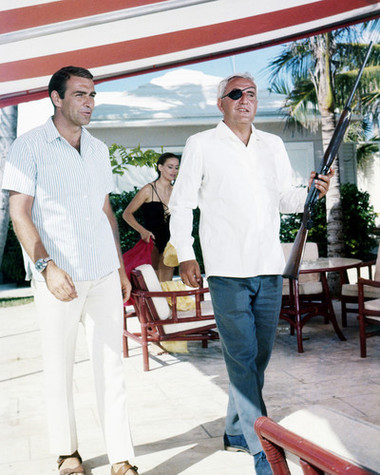
James Bond villain Emilio Largo as seen in the 1965 film Thunderball. Breetai’s faceplate somewhat resembles the eye patch.

Austin Powers villain Number 2 was modeled on Emilio Largo.

Breetai’s uniform somewhat resembles leather armor.

Leather armor or lemellar armor

Exedore (Exsedol Folmo) with a hairstyle implying intelligence. Note the contrast with Khyron (Kamjin) or Grel’s (Oigul’s) hairstyle.

Bill Gates’ hairstyle

Bill Gates’ hairstyle

Hairstyle with short bangs
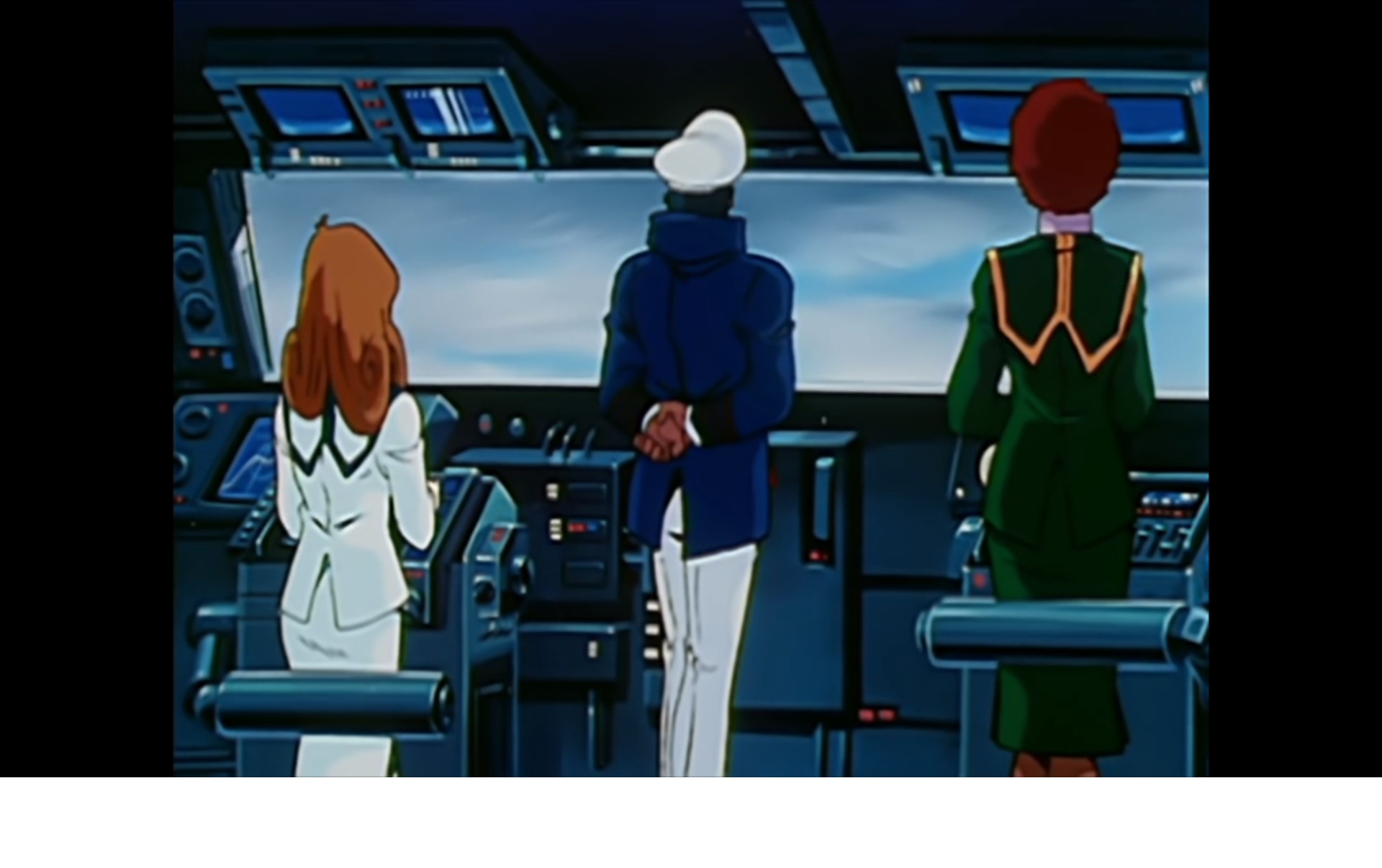
Robotech Defense Force uniforms with sailor collars on their naval rigs, sailor suits, or sailor fukus.

Sailor fukus
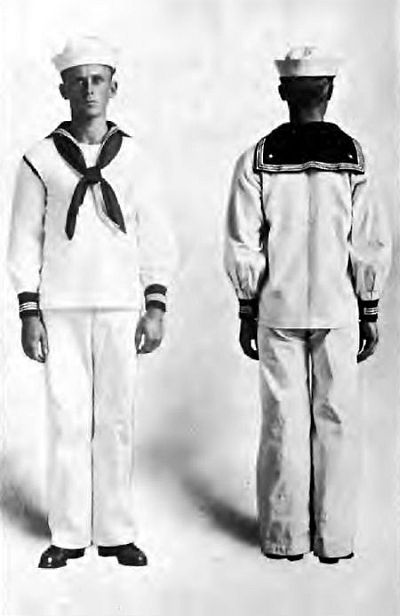
United States Navy uniform enlisted dress whites 1941

Zentreadi battlecruiser with dorsal and ventral counter shading.
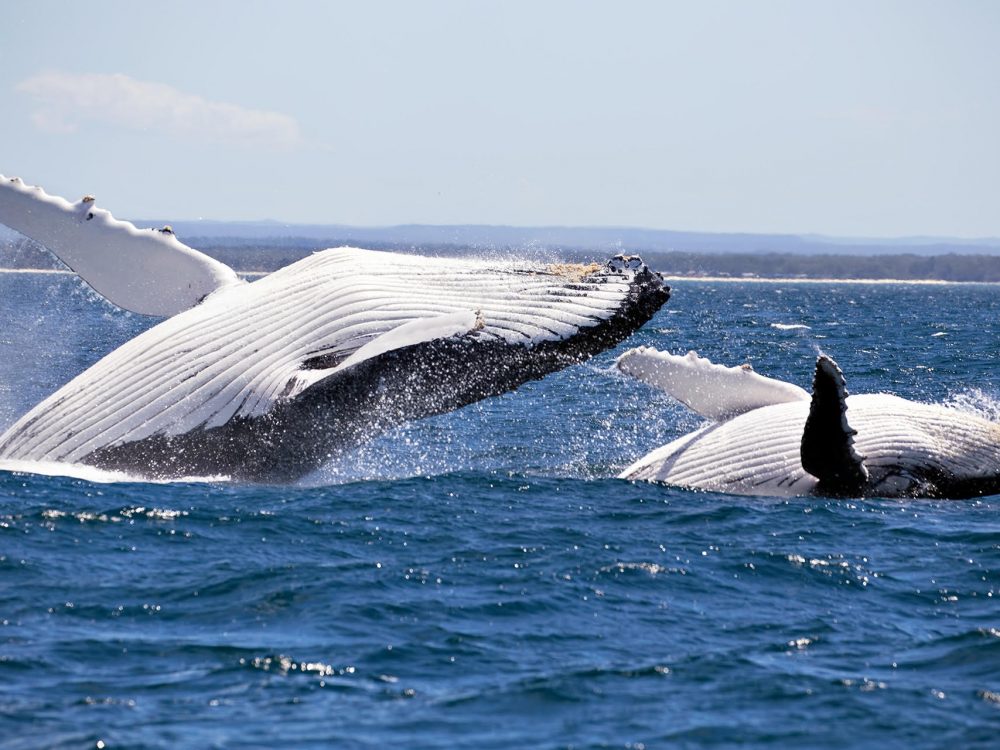
Humpback whales portraying counter shading coloration and ventral grooves.

Zentreadi battlecruiser showing counter shading and propulsion vents as grooves. Kazutaka Miyatake helped design the Zentreadi ships and he often takes inspiration from plants and insects. Any resemblance to sea life may be unintended.
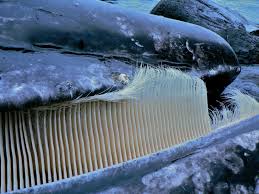
Whale balene
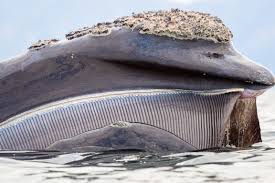
Whale balene
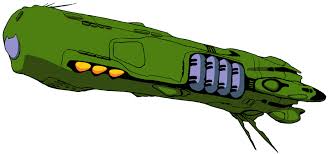
Zentreadi multipurpose vessel somewhat resembling fish gills. This may borrow from shark imagery in order to portray a menacing nature.

Menacing shark with recognizable gills
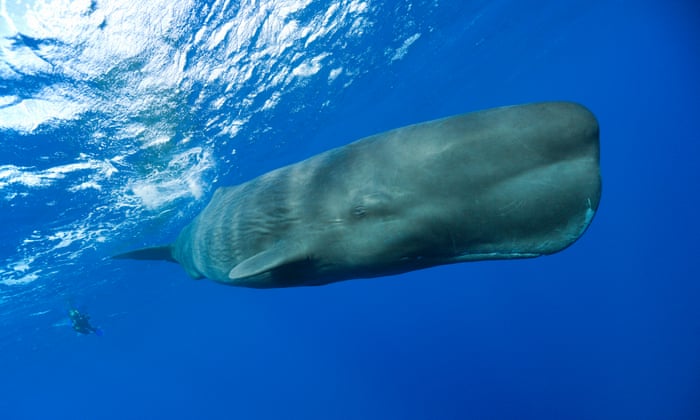
A sperm whale with lateral eyes set back from the snout. The yellow bulges along the mid-line of the Zentreadi battlecruiser have a similar placement.

Sperm whales

Sperm whale

Azonia’s (Laplamiz’s) command ship resembles many different animals. This may foreshadow her transition form enemy to ally and back to enemy.

An anteater

A cuttlefish

A Zentreadi command ship
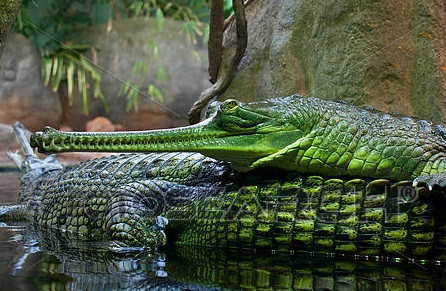
A gavial of the Crocodilia taxonomic order

A gavial

A Zentreadi command ship

A coyote
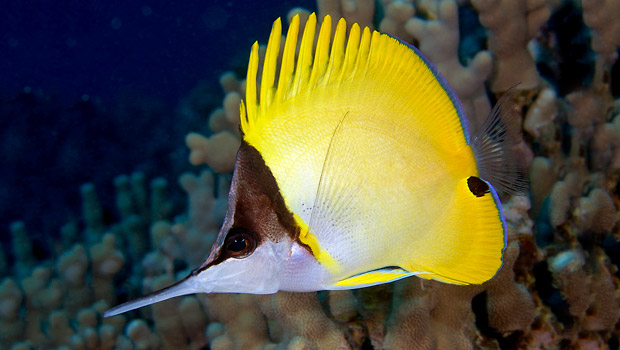
A Yellow Longnose Butterflyfish. Assuming the Zentreadi ships do indeed possess zoomorphism (animal shapes), they portray qualities of both predator and prey or hunter and herd species. This may reflect the Zentreadi’s transition from enemy to ally during the course of the series.
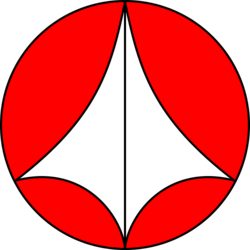
Robotech Defense Force Insigina or fighting kite (U.N. Spacy Roundel). It somewhat resembles the flag of Japan.

Rebel Alliance or Alliance to Restore the Republic insignia from the 1977 film Star Wars: Episode IV – A New Hope. Also called the Alliance Starbird or the Pheonix.
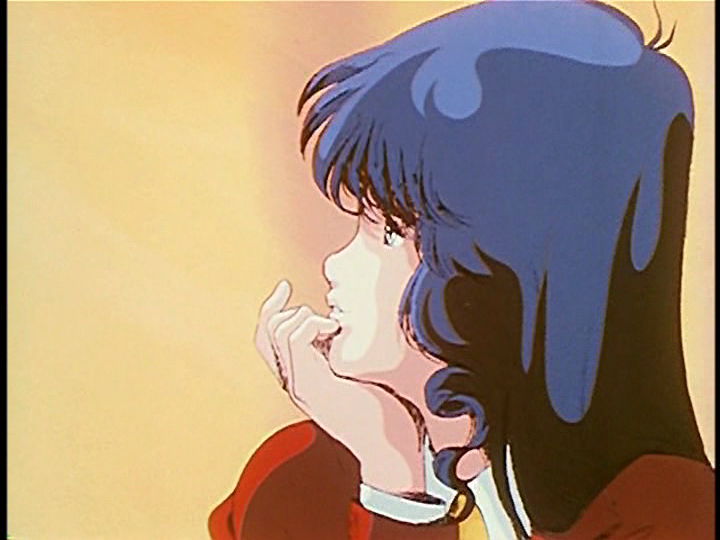
Lynn Minmei from Episode 9: Miss Macross

Seiko Matsuda rose to fame as a Japanese pop singer between 1978 and 1980 beginning at the age of 17. She likely inspired and influenced the creation of the Lynn Minmei character. Click here and here for more. The image shown here is the album cover for her 1980 album North Wind.

Akina Nakamori rose to fame as a Japanese singer in 1981 at the age of 16. She likely inspired and influenced the creation of the Lynn Minmei character. Click here and here for more. The image shown here is the album cover for her 1982 album Prologue.

Minmei in a Chinese cheongsam dress from Episode 5: Transformation. In SDF Macross Minmei is Japanese with Chinese ancestry. Her hair is styled in the Japanese odango double bun.

A 2015 promotional photo of the Miyako Odori Festival celebrating Japanese geisha culture in Kyoto, Japan.

A Chinese cheongsam dress

Minmei in Episode 9: Miss Macross wearing a cheongsam with odango hair.

Chinese actress Liu Yifei shown in the 2003 Chinese television series Demi-Gods and Semi-Devils.

Minmei from Episode 18: Farewell Big Brother (Pineapple Salad) with a single hair braid

Liu Yifei demonstrating a single braid Asian hairstyle.
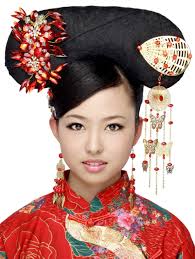
Traditional Chinese hairstyle

A Minmei doll from Episode 20: Paradise Lost with odango double hair buns

Mount Fuji and Minmei’s fanliner from Episode 15: Homecoming (Chinatown)

Mount Fuji
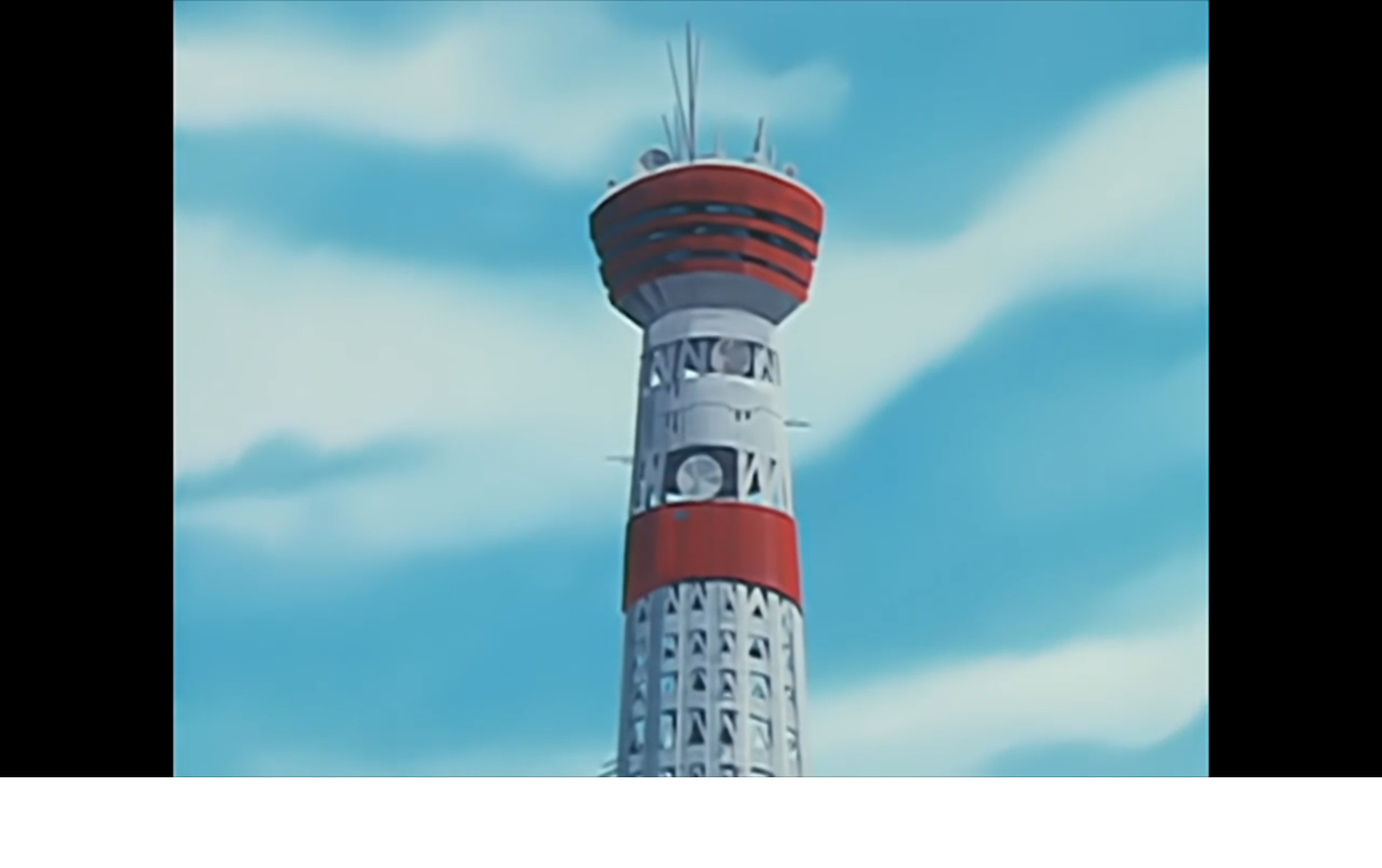
The new Marine Tower in Yokohama, Japan as seen in Episode 15: Homecoming (Chinatown).
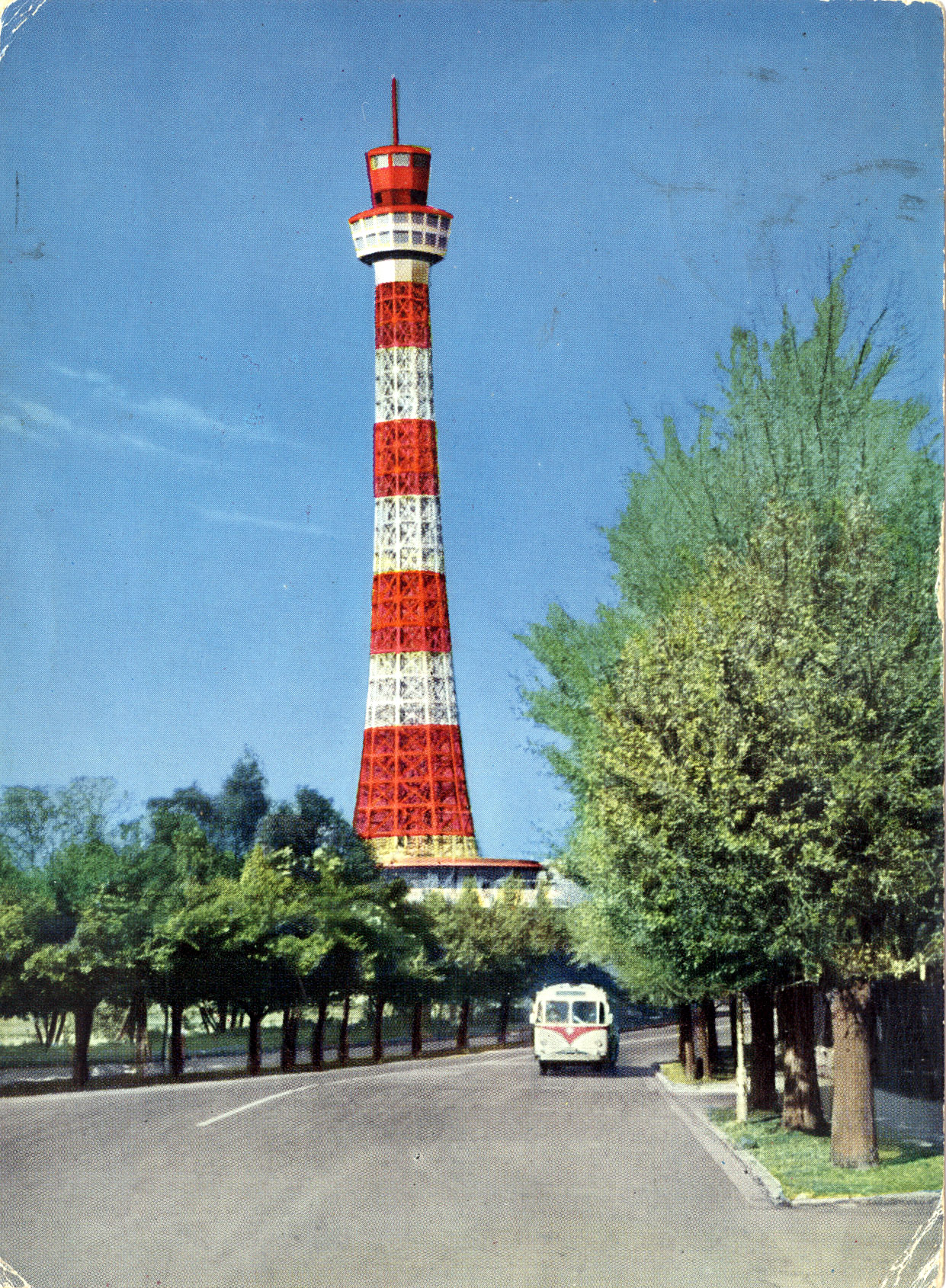
The Yokohama Marine Tower in Japan opened in 1961.
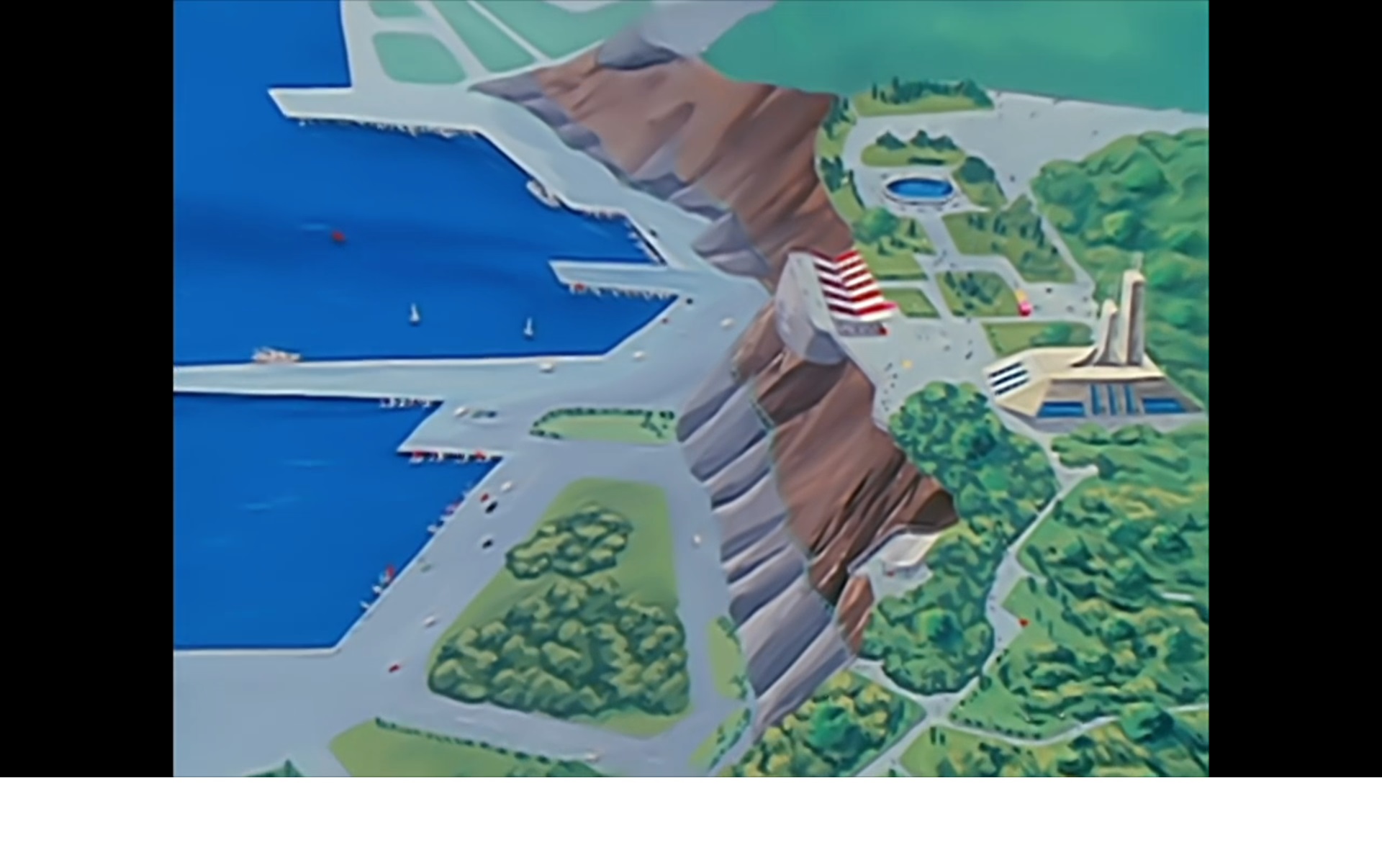
Minmei refers to this as Harbor View Park in Episode 15: Chinatown of SDF Macross.
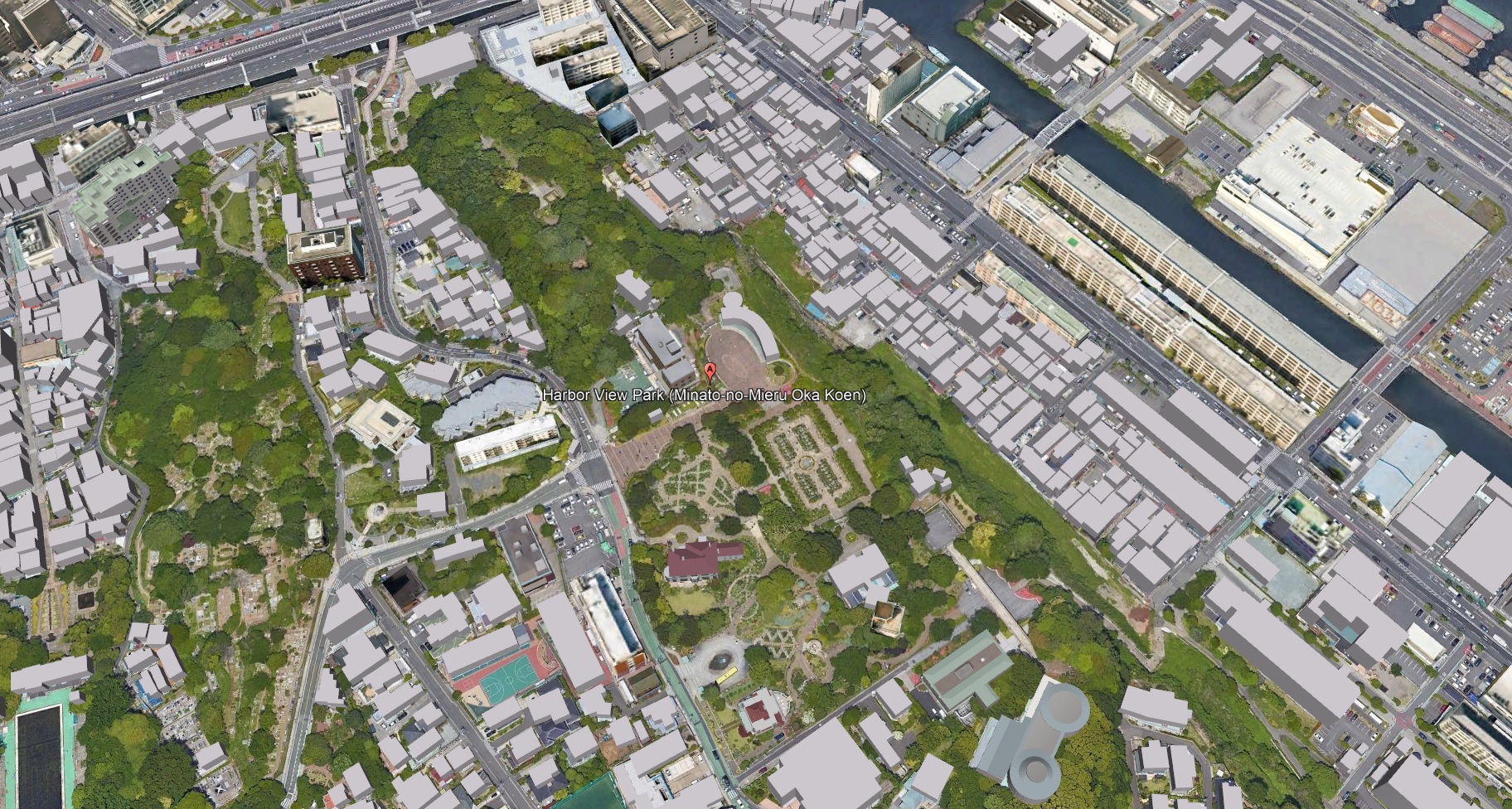
Harbor View Park in Yokohama, Japan 2018

Harbor View Park in Yokohama, Japan 2018
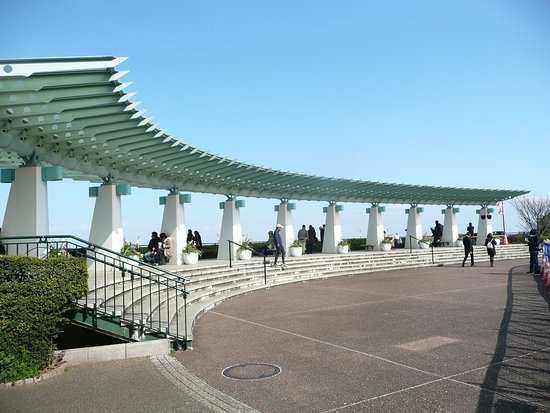
Harbor View Park in Yokohama, Japan
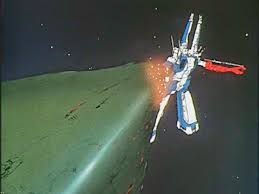
The SDF-1 punching a Zentreadi ship using the Daedalus attack maneuver in Episode 6: Blitzkrieg (Daedalus Attack).

The SDF-1 punching a Zentreadi ship using the Daedalus attack maneuver as seen in Episode 17: Battle Cry (Kung Fu Dandy).
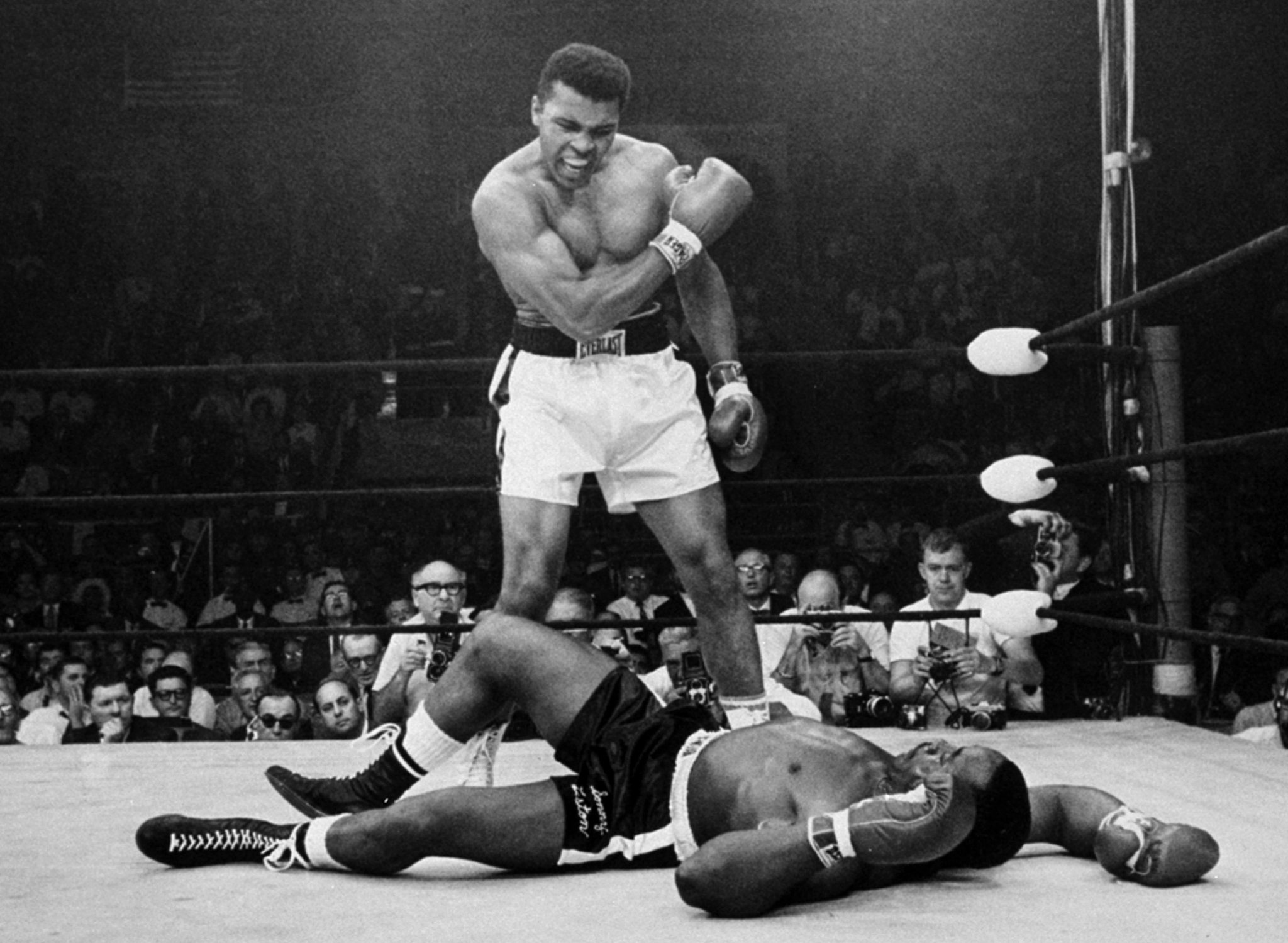
Muhammad Ali vs. Sonny Liston in their second match May 25, 1965. This photo conveys the emotional impact of a knockout punch.
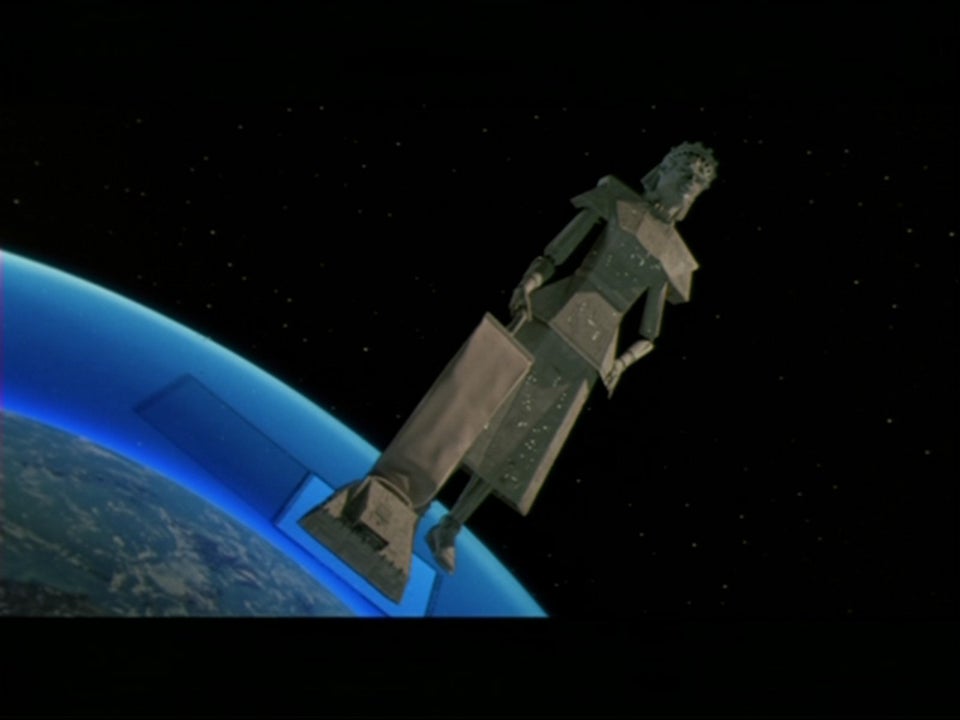
This is an image of Mega Maid from the 1987 film Spaceballs. She transformed from the Spaceball I ship. Instead of punching, she vacuums. She is much larger than the SDF-1.

A deceased Zentreadi soldier in the wastelands clutching a Minmei doll as seen in Episode 29: The Robotech Masters (Lonely Song). This imagery somewhat resembles King Kong in style and sentiment. (In Robotech, The Masters, or second Robotech war, begins with Episode 37.)
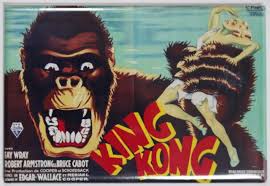
A promotional image for the 1933 film King Kong. King Kong is shown clutching the Ann Darrow character portrayed by Fay Wray.

A veritech (valkyrie in SDF Macross) fighter accelerating to launch. The veritech was inspired by the McDonnell Douglas F-15 Eagle and Grumman F-14 Tomcat.

The McDonnell Douglas F-15 Eagle entered United States Air Force service in 1976.

A veritech accelerating to launch with afterburner flames.

The Grumman F-14 Tomcat fighter jet with afterburner flames. The F-14 entered United States Navy service in 1974.

A veritech on an elevator lift
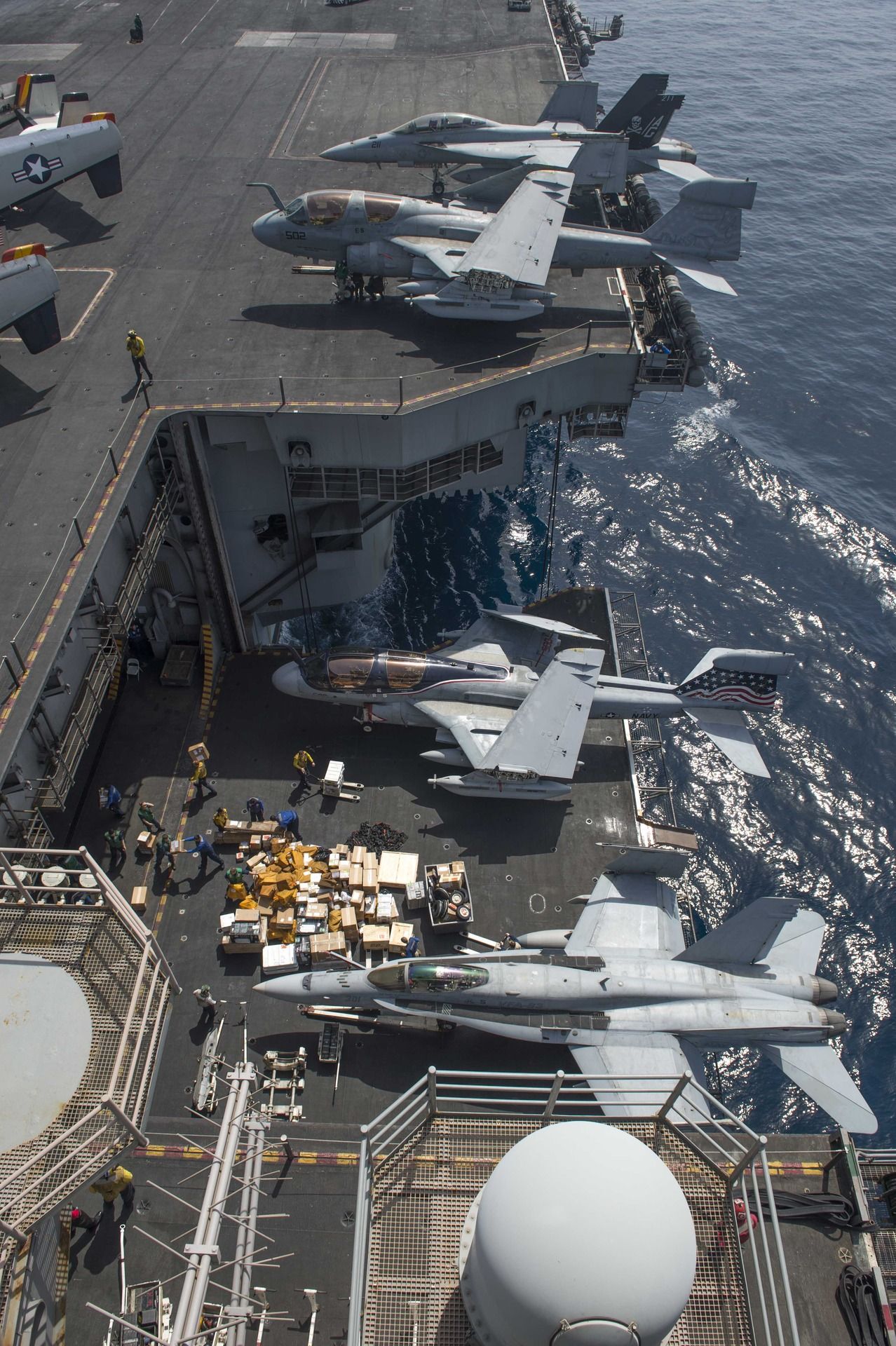
One of four elevator lifts on the USS Dwight D. Eisenhower Nimitz-class aircraft carrier commissioned in 1977. The first aircraft lifts were in operation in 1918 on British aircraft carriers.
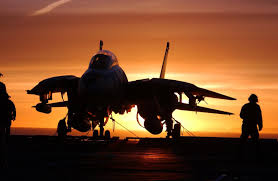
The Grumman F-14 Tomcat

Skull squadron with Skull-One demonstrating the veritech’s variable-sweep wing.

Three General Dynamics F-111 Aardvark’s demonstrating the variable-sweep wing.
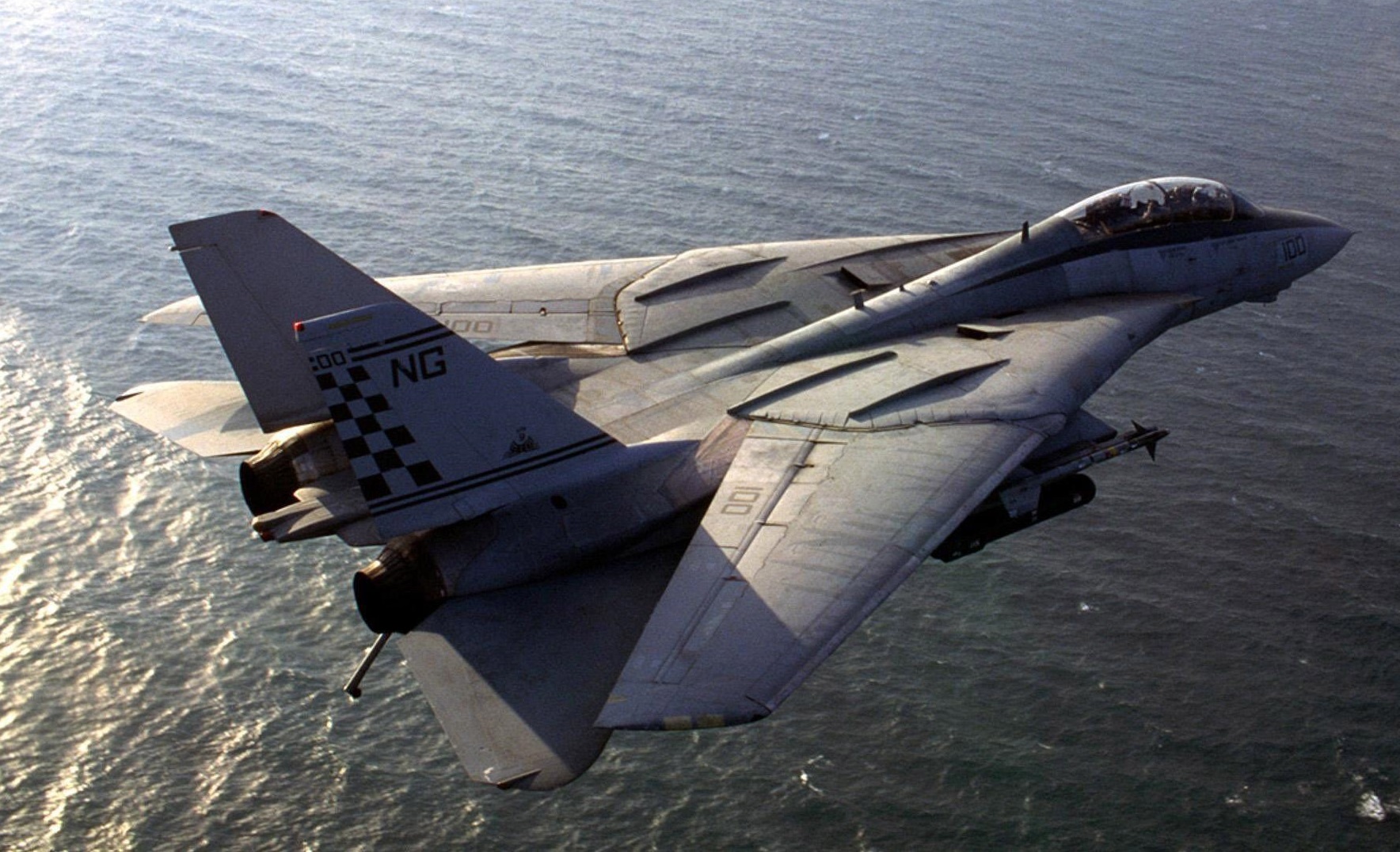
The Grumman F-14 Tomcat in the swept wing configuration

The F-15 is a fixed wing aircraft.

The F-14 Tomcat with unswept wings

The red, white, and blue color scheme of the SDF-1
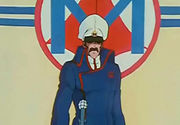
The red, white, and blue color scheme of Captain Gloval’s character design and a possible variant of the Macross Broadcasting Station insignia

A red, white, and blue color scheme of Rick’s character design. Also, in the 2016 book titled Valkyries Third Sortie, Kazutaka Miyatake states Noboru Ishiguro suggested protagonists’ designs should have markings or armaments in odd numbers and antagonists should utilize even numbers. Note Rick has three stripes on his sleeves. The Zentreadi often have two stripes. This symbolism may be lost in translation as Eastern cultures may have a small preference for odd numbers while Western cultures may have a small preference for even numbers. However, this numeric design motif is not consistent throughout this series.
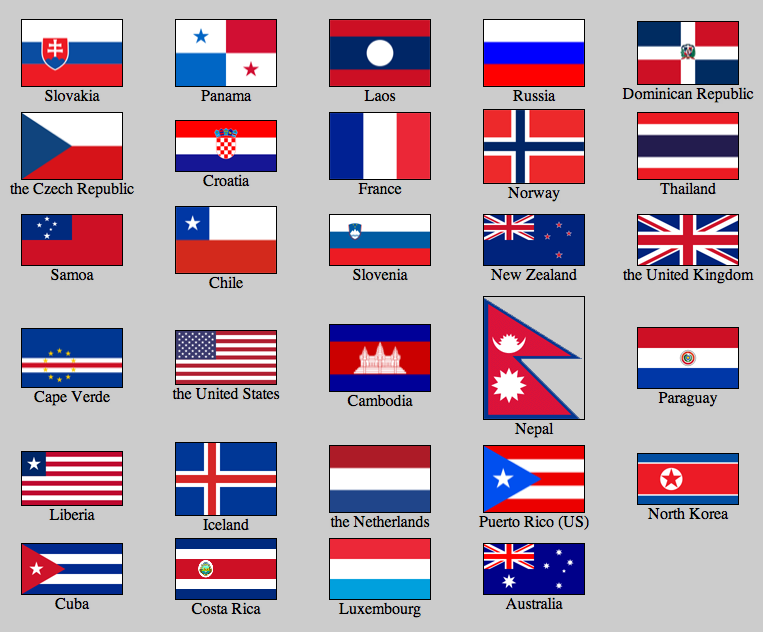
International flags with a red, white, and blue color scheme. It may be no coincidence the color scheme of Rick, Captain Gloval, and the SDF-1 borrow from these colors and allow the viewers from these nations to egocentrically and patriotically identify with the protagonists.
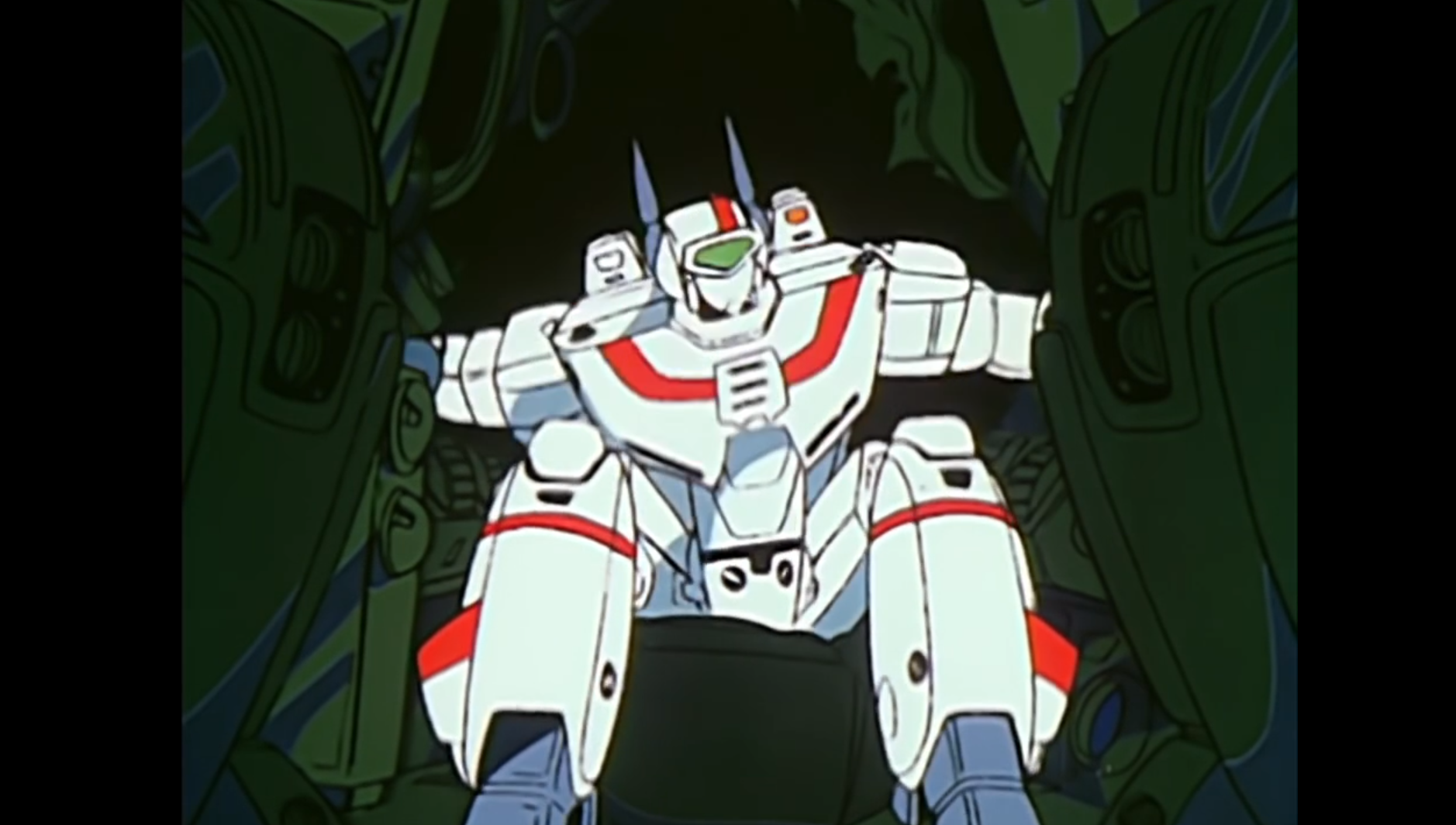
The color scheme for Rick’s veritech is red and white. This bears some resemblance to the flag of Japan, England, the uniform of the Knights Templar, and the International Committee of the Red Cross. Rick’s character may have similar attributes to all these nations and organizations.
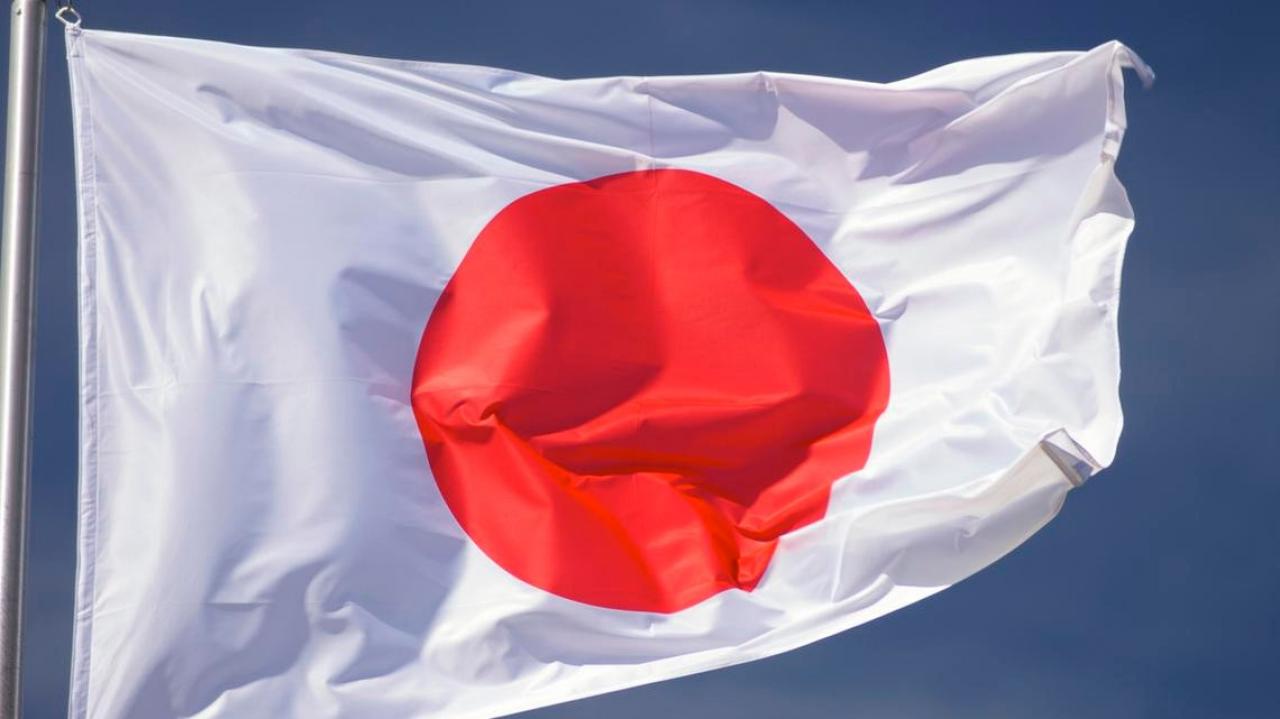
The flag of Japan since 1870 embodying the land of the rising sun.
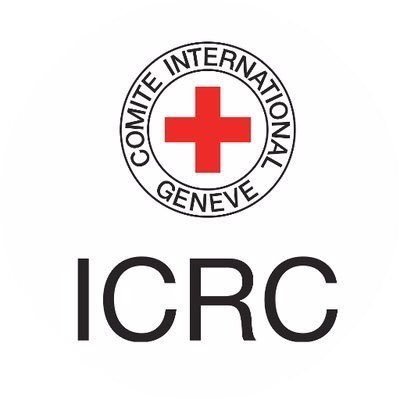
The symbol for the International Committee of the Red Cross since 1863. Established by the Geneva conventions.

Rick’s red and white veritech

Saint George’s Cross dates from the year 1000 and is associated with Saint George who died in the year 303. Saint George was a military saint adopted by the crusaders around the year 1000. This may symbolize Rick as a military saint. This is also the flag of England dating to 1265.
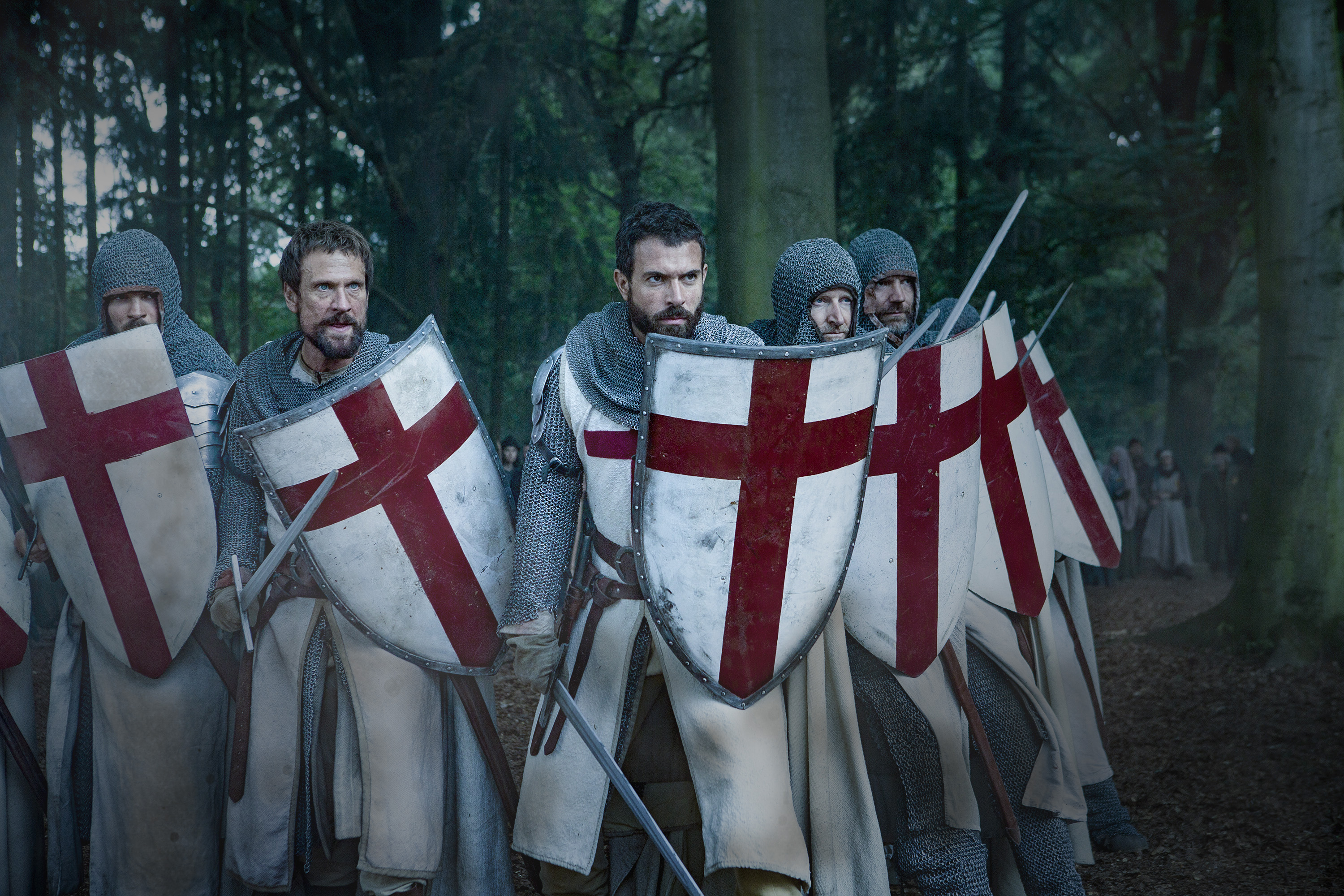
Actors portraying Knights Templar in the 2017 sitcom Knightfall. Their white mantles symbolized their purity and chastity. The red cross symbolized their willingness to suffer martyrdom. These qualities bear similarity to Rick’s character.
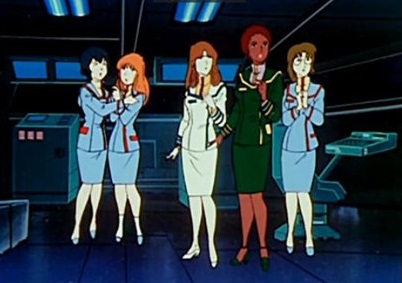
The character design for Lisa (Misa) utilizes a white uniform which may symbolize purity. This portrays the Woman in White trope and contrasts with the character design of Minmei who often portrays the Lady in Red trope.

Lisa Hayes (Misa Hayase) somewhat resembles Alice from the 1951 film Alice in Wonderland. Each character has a blue and white outfit and is a protagonist.

Lisa Hayes somewhat resembles Cinderella from the 1950 film. Each character has a blue and white outfit and is a protagonist.
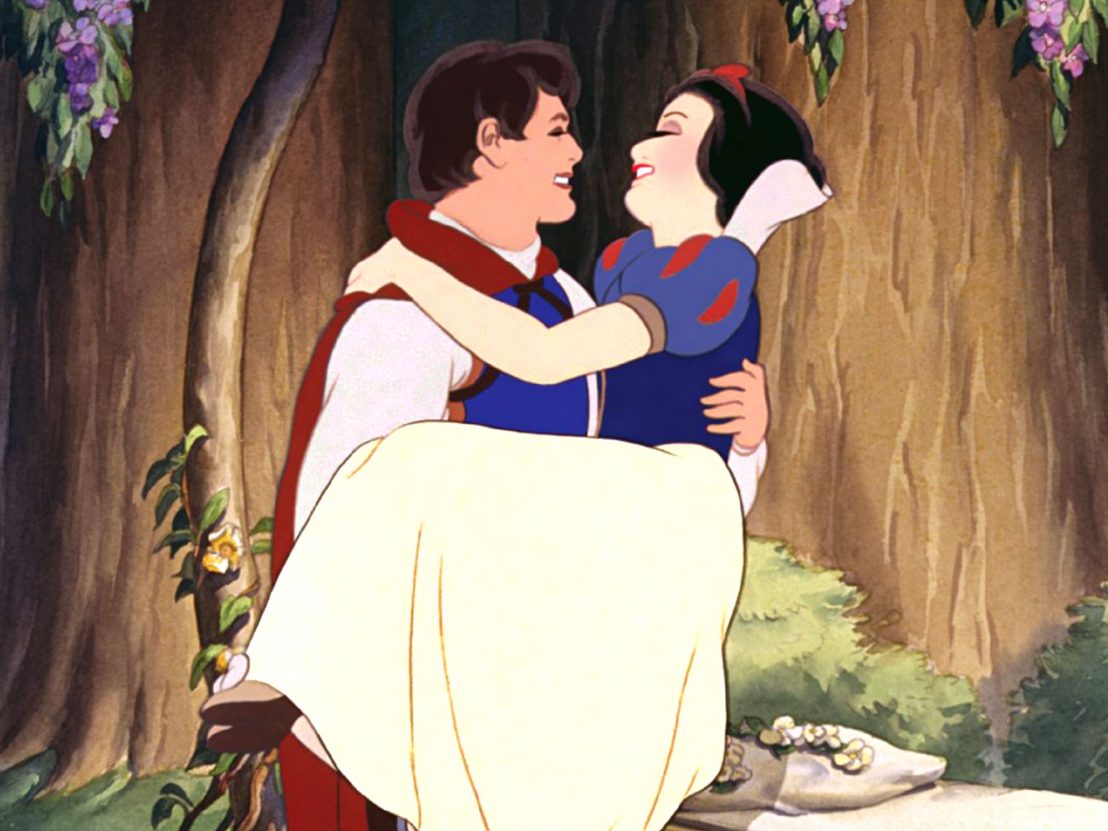
Lisa Hayes’ uniform color somewhat resembles Snow White’s outfit from the 1937 film Snow White and the Seven Dwarfs. Each character is a protagonist.
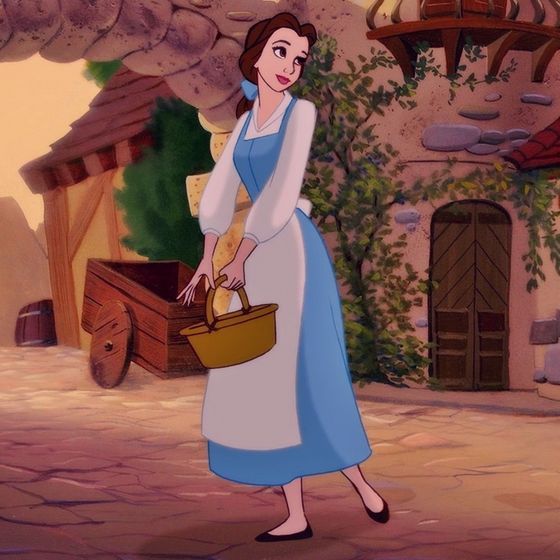
Lisa Hayes somewhat resembles Belle from the 1991 film Beauty and the Beast. Each character has a blue and white outfit and is a protagonist.
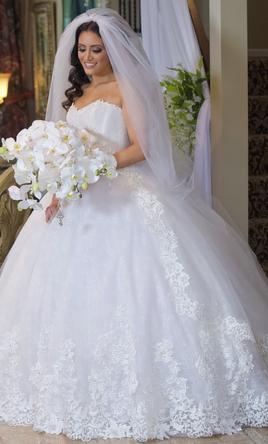
Lisa Hayes’ uniform is white which is a traditional wedding dress color symbolizing purity.
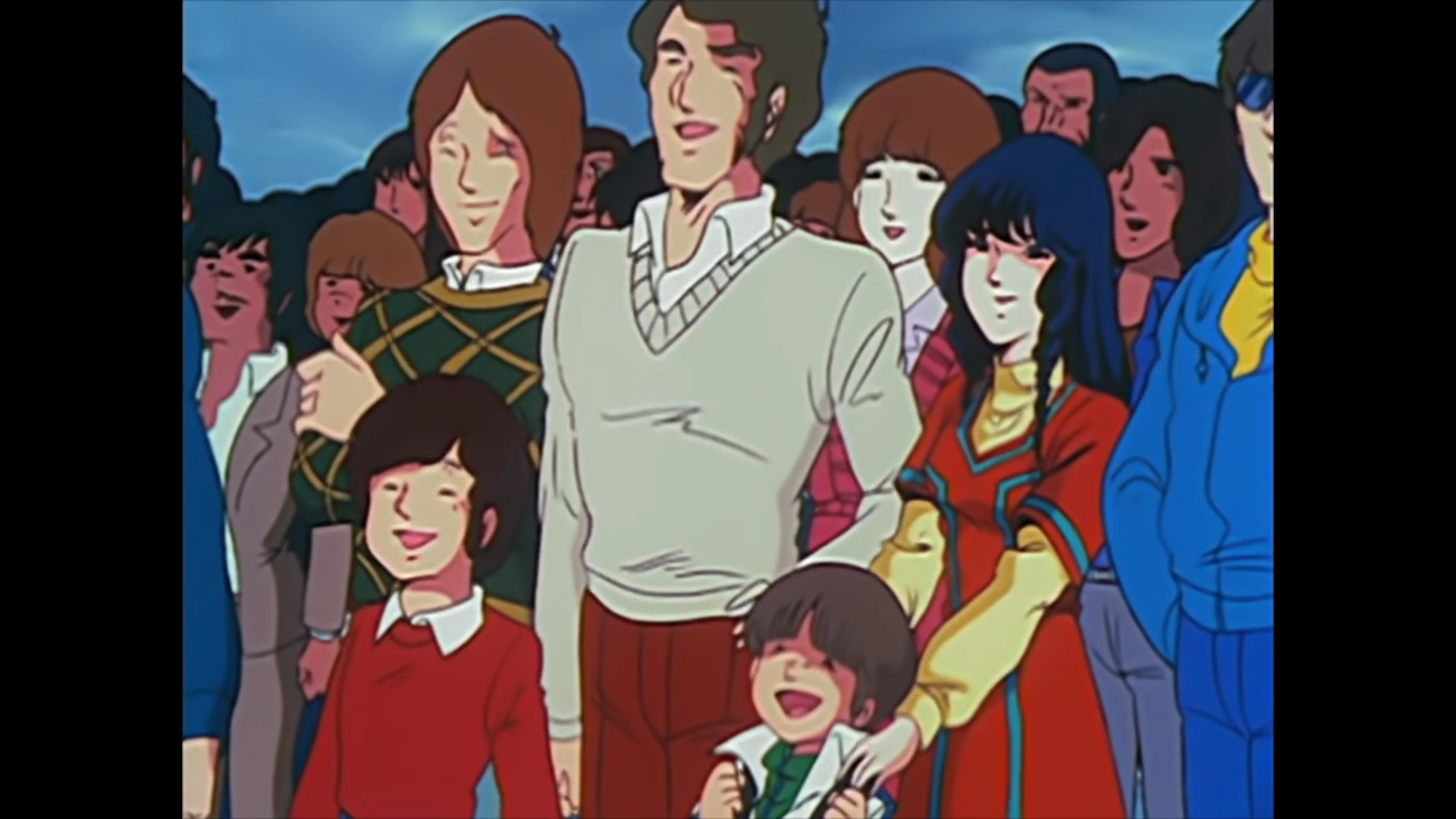
Minmei is often dressed in red and portrays the Lady in Red trope. The color red symbolizes romantic availability and moral ambiguity in Western cultures. Red may symbolize good luck and happiness in Eastern cultures. Refer to part 2 of this photo essay for another example.
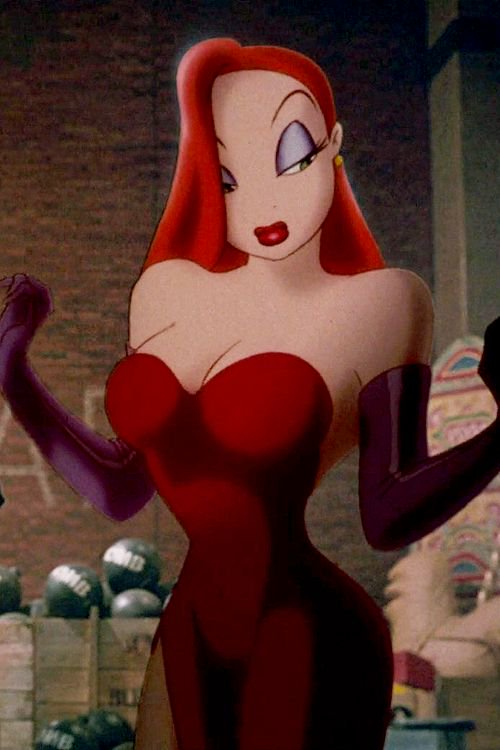
Jessica Rabbit in red from the 1988 film Who Framed Roger Rabbit. Minmei is a romantic rival for Lisa and the color red may help define this element of her character design. Both Minmei and Jessica Rabbit are singers.

Minmei in red
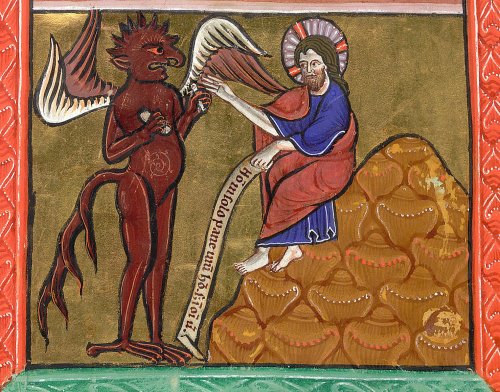
A depiction of Satan in a book of Psalms from the year 1200 portrays Satan as red. This image represents the first temptation of Christ.

Minmei in red
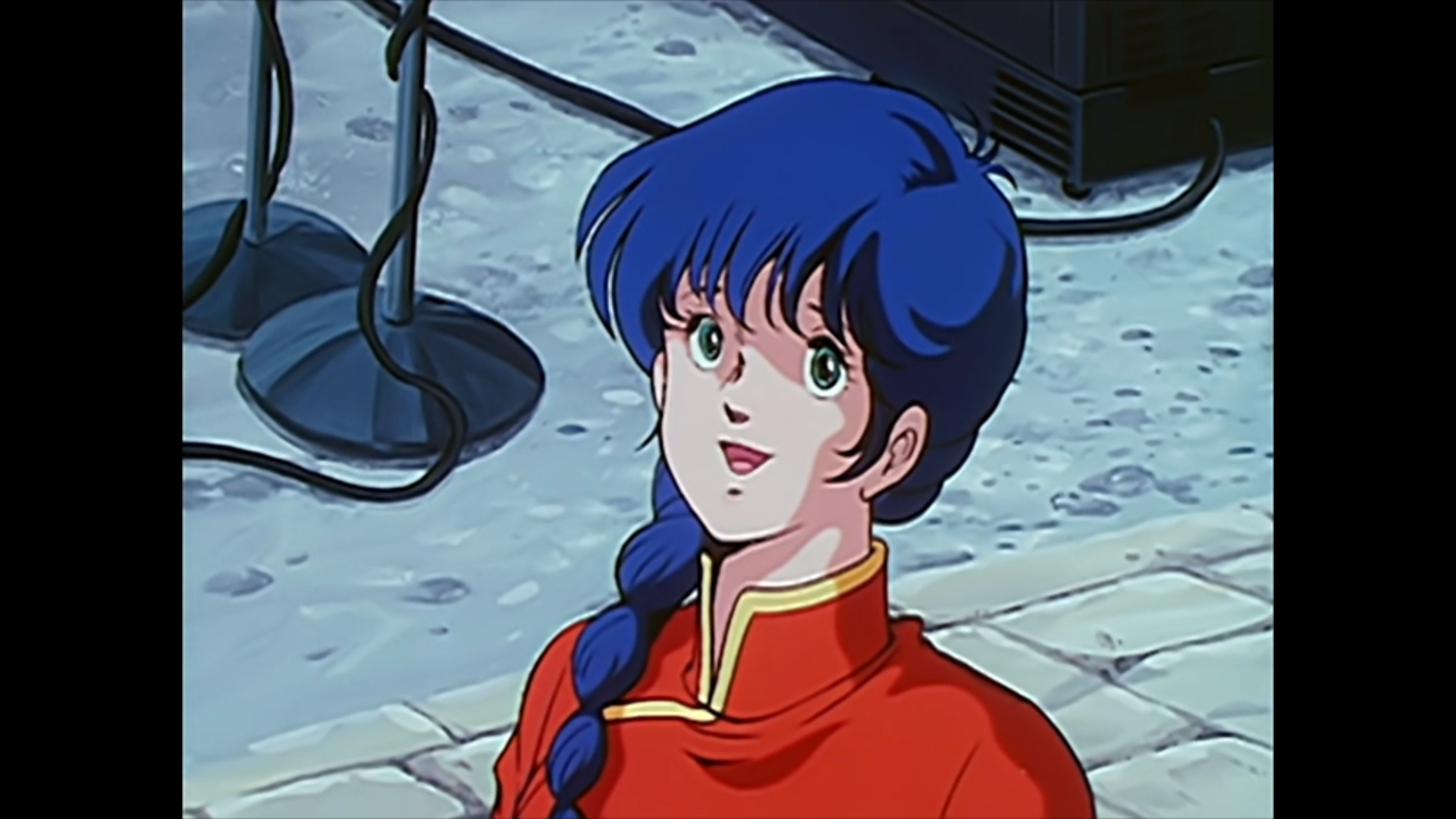
Minmei in red

Minmei in red entering Rick’s hospital room.
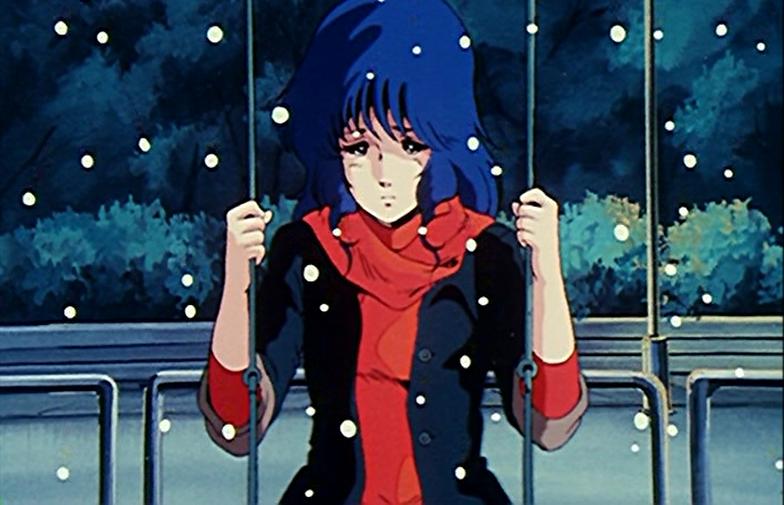
Minmei in red
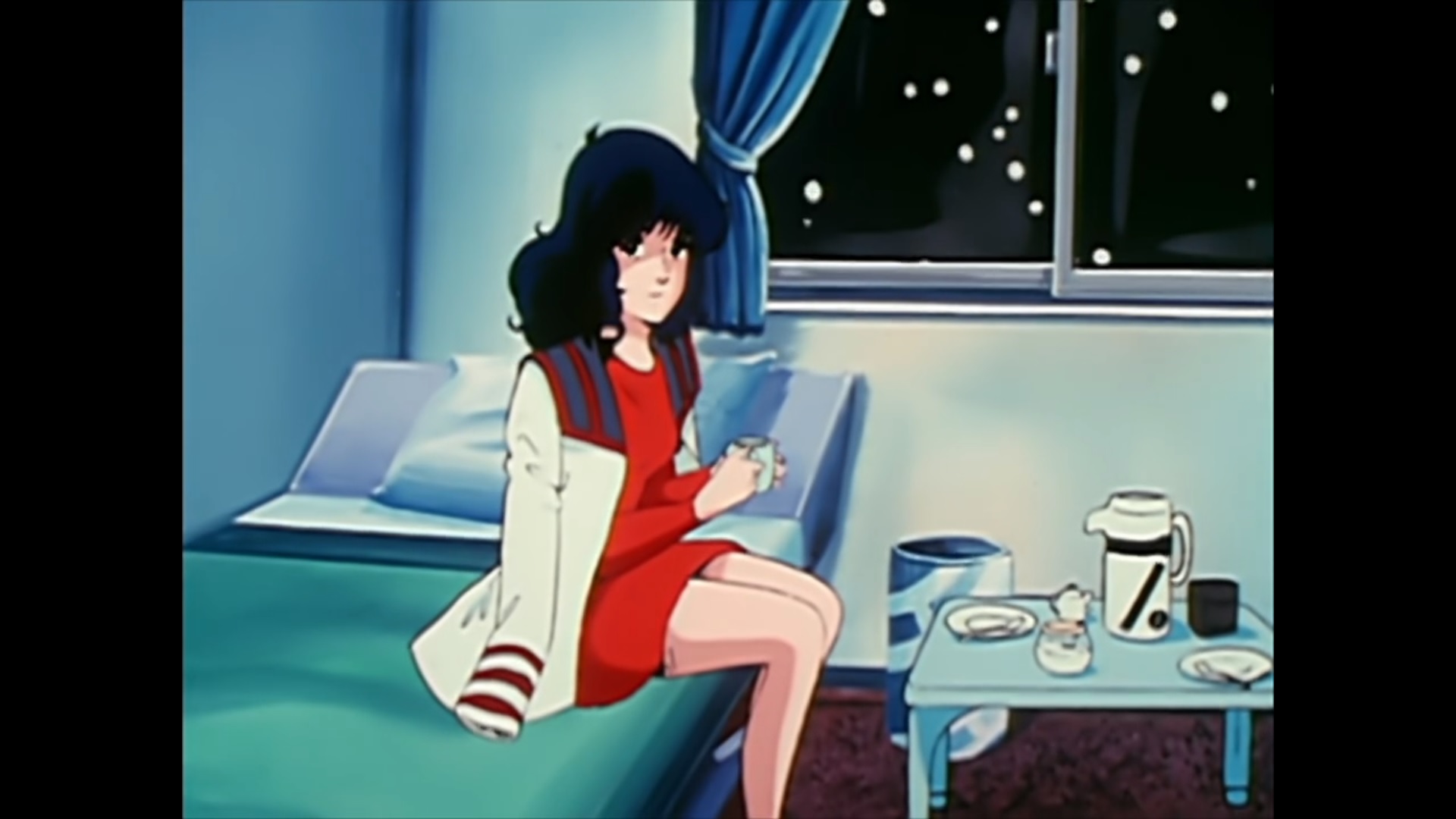
Minmei in red
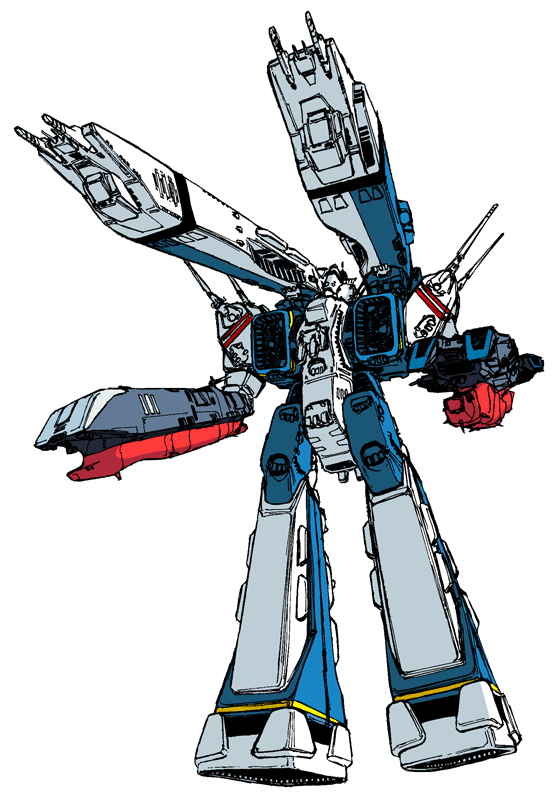
The SDF-1 in battloid mode or attack mode (Storm attacker mode in SDF Macross). The main reaction engines (main thrusters) form the legs which somewhat resemble bell-bottoms or flared trousers.

Bell-bottoms

A veritech in battloid mode with legs somewhat resembling bell-bottoms.

Bell-bottomed trousers in the navy fit over boots, could be rolled up, and served as an emergency flotation device.
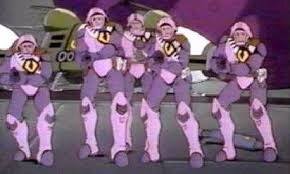
Zentreadi soldier’s armor somewhat resembling bell-bottoms.
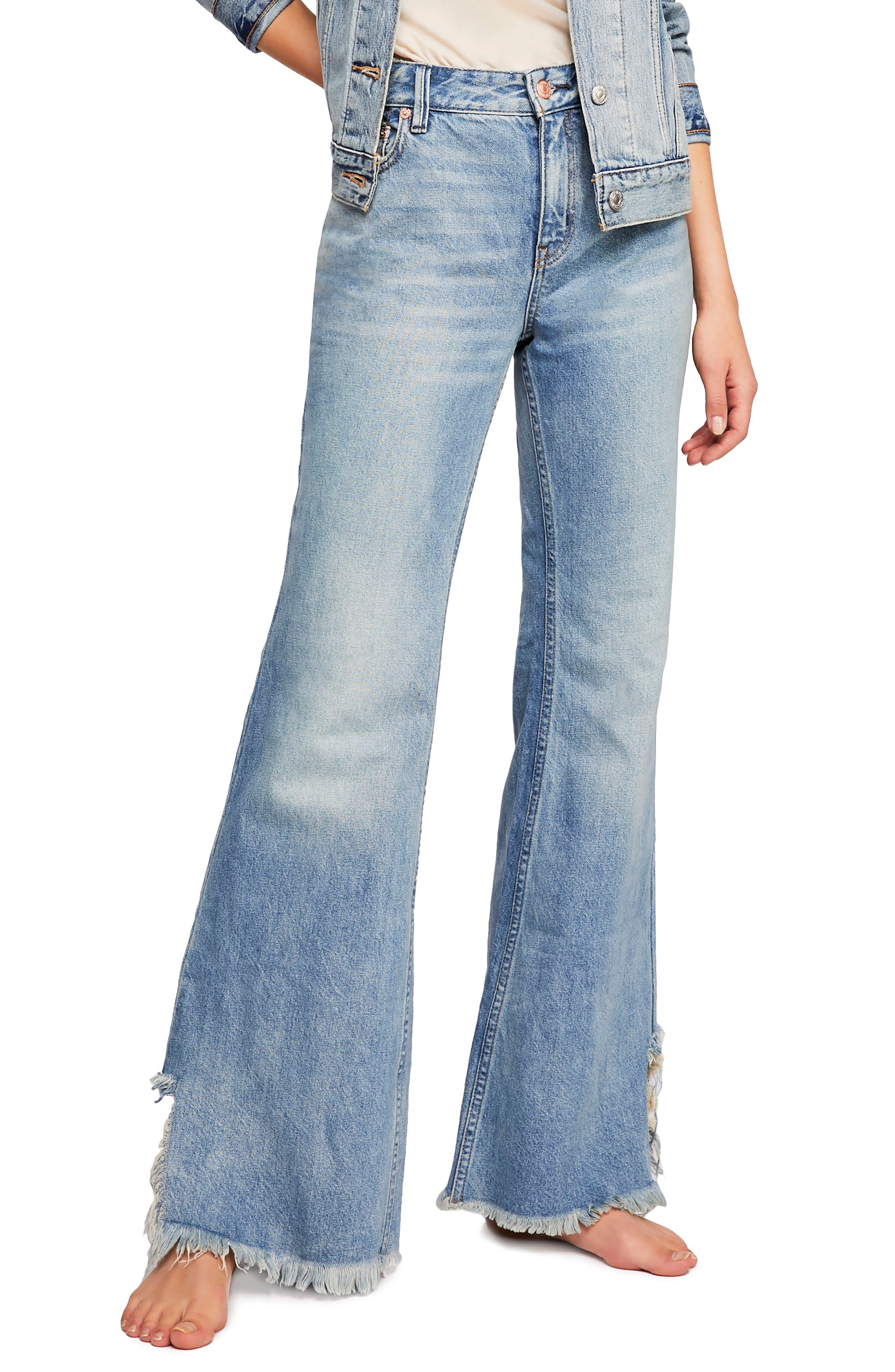
Bell-bottom jeans

Elvis Presley performs at Madison Square Garden in June 1972 wearing a jumpsuit with flared cuffs. This may be a symbol of the alpha male adopted by the SDF-1’s design.

Dolza’s (Bodolzaa’s) fortress somewhat resembling a wasp nest. This continues an organic design element in Zentreadi ship design.

A wasp nest

The automated Robotech Factory Satellite (factory satellite) somewhat resembling marine coral.

Marine coral

Marine coral
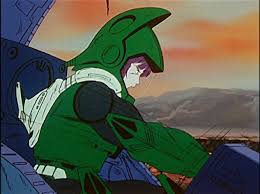
Khyron’s helmet somewhat resembles a Spartan warrior’s helmet.
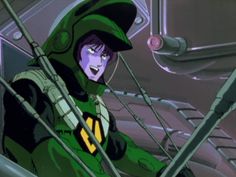
Khyron’s helmet

A Spartan helmet
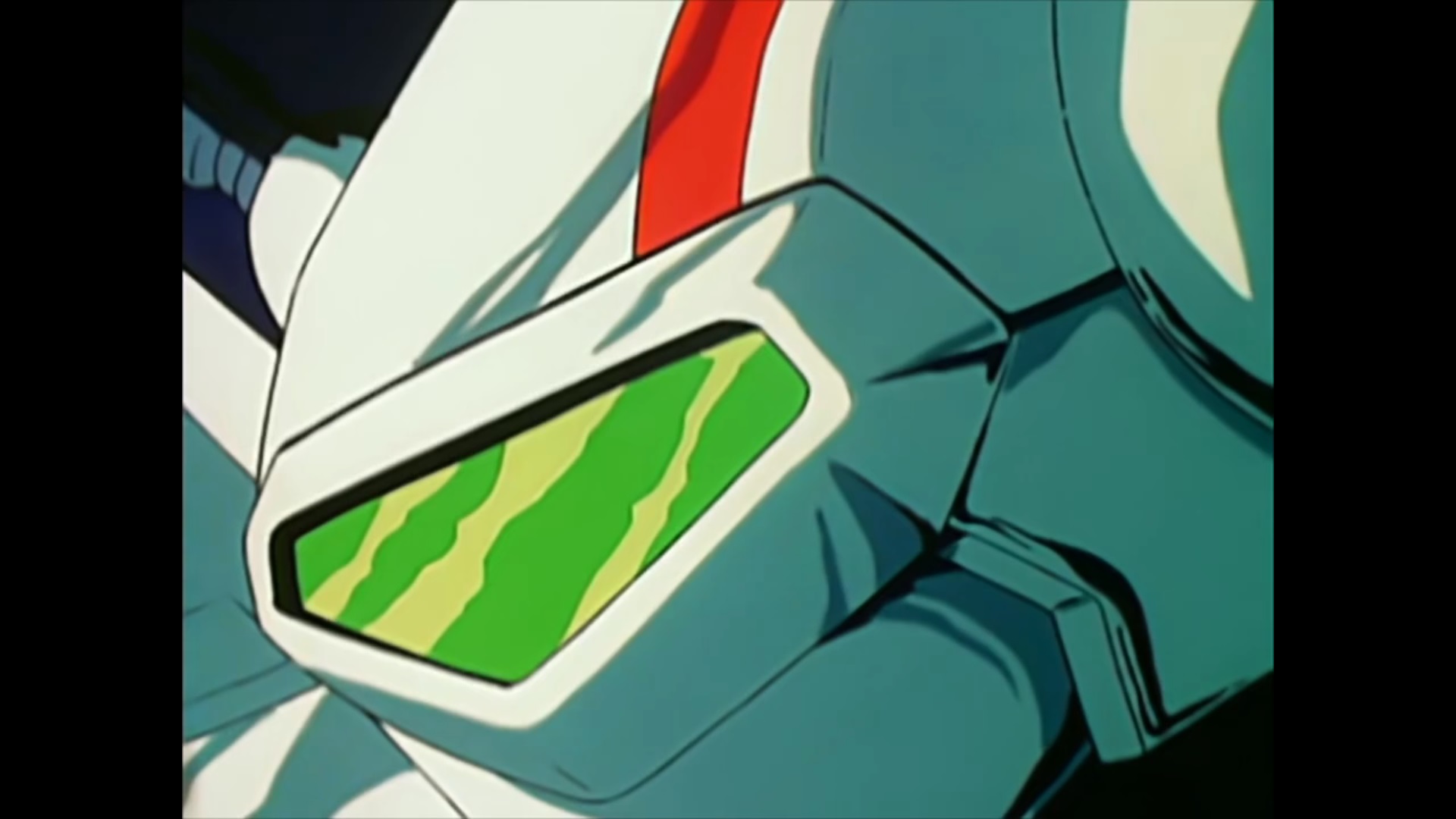
A veritech visor in battloid mode resembling an unblinking reptilian gaze devoid of emotional cues or body language. Sunglasses project an intimidating figure of authority by masking the body’s natural broadcasts of intentions or opinions.
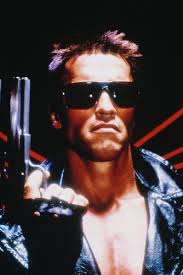
The Cyberdyne Systems Series T-800 / T-850 Model 101 as seen in the 1984 film The Terminator.

The Boss Godfrey character or the man with no eyes as seen in the 1967 film Cool Hand Luke.
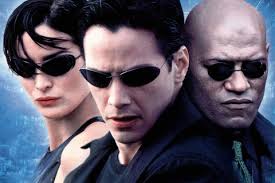
The characters Trinity, Neo, and Morpheus as seen in the 1999 film The Matrix.
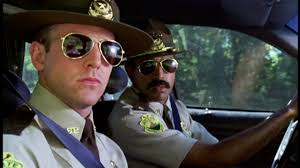
The characters Arcot Ramathorn and Robbie Roto as seen in the 2001 film Super Troopers.

Super veritechs (booby ducks) with FAST packs or Fuel Armor Sensor Tactical packs somewhat resembling a bird with swept or raised wings seen in solicitation and stretching behaviors in avians. The legs somewhat resemble talons.

A bald eagle with raised wings and talons

A bald eagle with raised wings and talons

A bird of prey with raised wings

Miriya’s (Milia’s) super veritech as seen in Episode 27: Force of Arms (Love Flows By).

Bald eagle with talons

A Griffin. The three modes of the veritech are fighter, gaurdian (GERWALK or Ground Effective Reinforcement of Winged Armament with Locomotive Knee-joint), and battloid. The veritech may be a modern update to man’s fascination with mythological hybrid beasts. The earliest images of a griffin date back to 3000 BC.
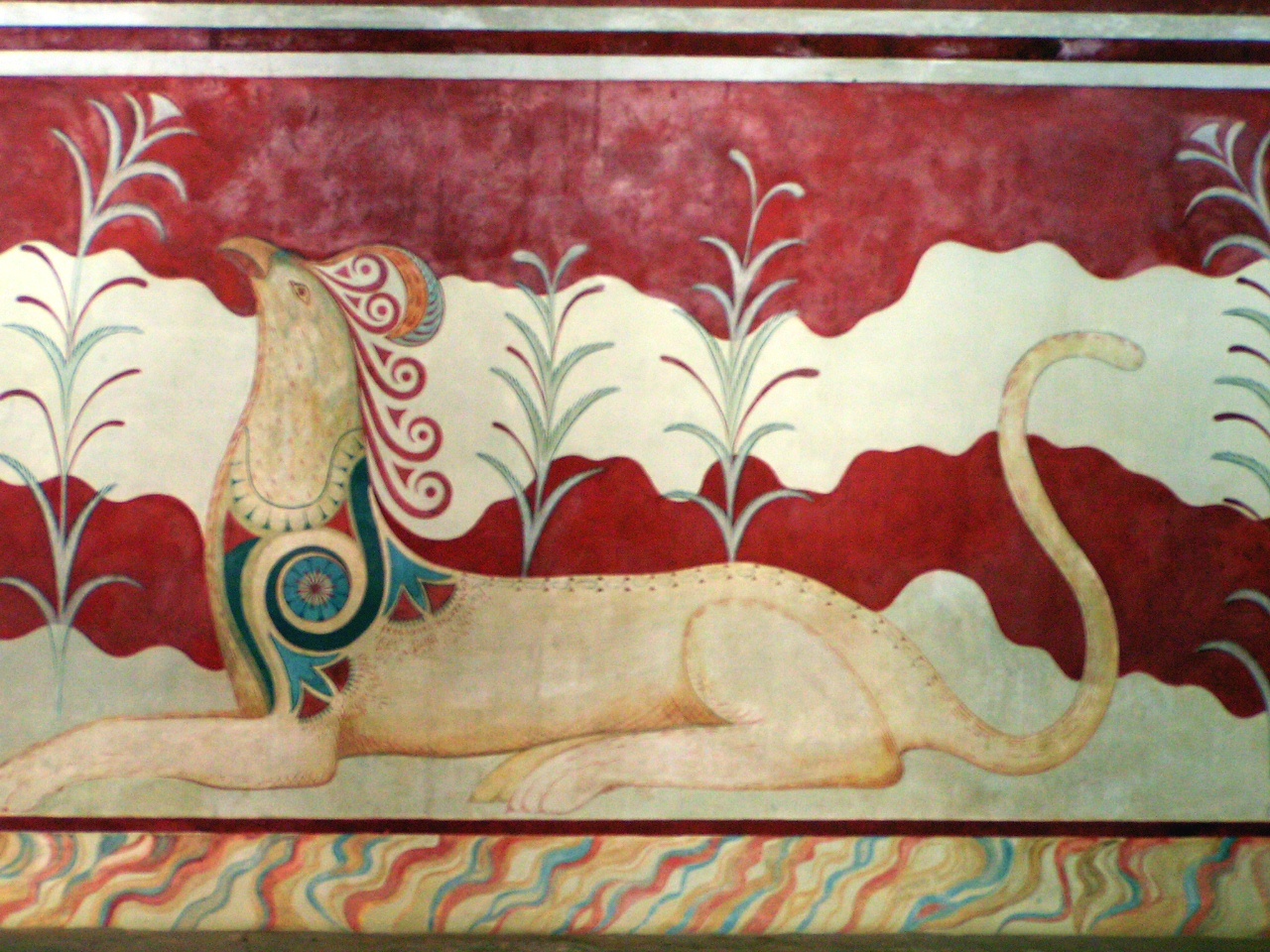
A restored fresco depicting an early version of a griffin from 1500 BC.

A hippogriff was first described in 44 BC.

A pegasus. The original pegasus dates back to oral traditions beginning in 900 BC. In Robotech, if the veritech’s hybrid nature does represent an updated version of a pegasus, all artifice and pretense of symbolism is eliminated and literally manifests as the RAT-1 Pegasus mecha in the novel Dark Powers by Jack McKinney. Refer to part 2 of this photo essay for an example.
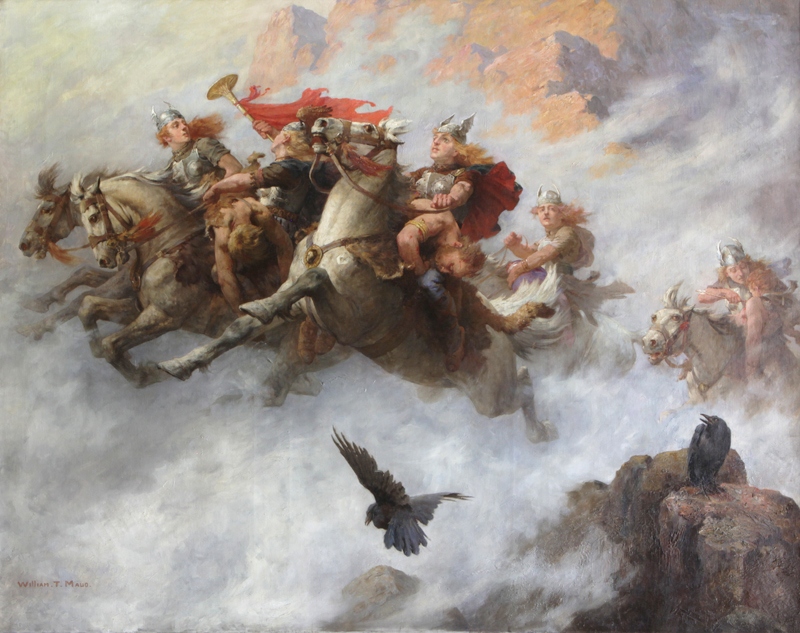
William T Maud’s 1890 Ride of the Valkyries painting. The variable nature of the valkyrie in SDF Macross may be an allusion to the characteristics of classic Valkyrie imagery as warriors and masters of both land and air. While Robotech only refers to veritechs as valkyries by accident, the series may still benefit from a consistent theme of female force of will. This concept is recalled as the Invid (Inbit) exit Earth and their collective energy briefly takes the form of a woman.
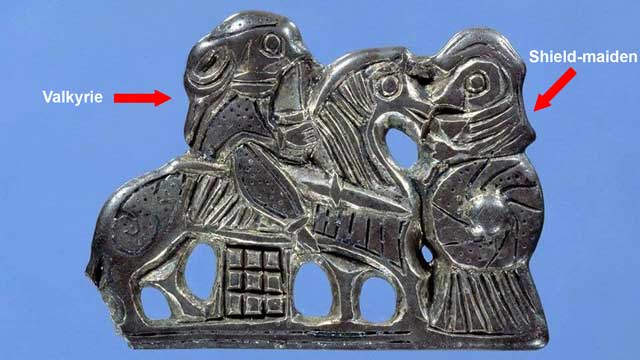
Viking jewelry depicting a woman with a spear on horseback as the earliest portrayal of a Valkyrie dating to the year 850. Valkyrie imagery has evolved from the middle ages to modern portrayals of women on horseback, flying horses, winged horses, or winged women.

Rick in Skull-One penetrating the grand cannon as seen in Episode 27. The veritech’s ability to transform into three modes of functionality somewhat resembles a dragon’s amalgamation of the predator characteristics of a snake, big cat, and raptor.

A dragon. In the book “An Instinct for Dragons” author David E. Jones argues dragons may be a composite for human fears of snakes, big cats, and raptors.

A super veritech silhouette somewhat resembling a dragon’s silhouette. The Robotech franchise may benefit from a consistent theme of protoculture possessing a dragon-like fierceness as the imagery briefly manifests when the life force of the Invid takes the shape of a dragon as they exit Earth possibly in the substance of pure protoculture. Refer to part 2 of this photo essay for an example.

A dragon in profile

A Chinese dragon demonstrating a more snake-like morphology.
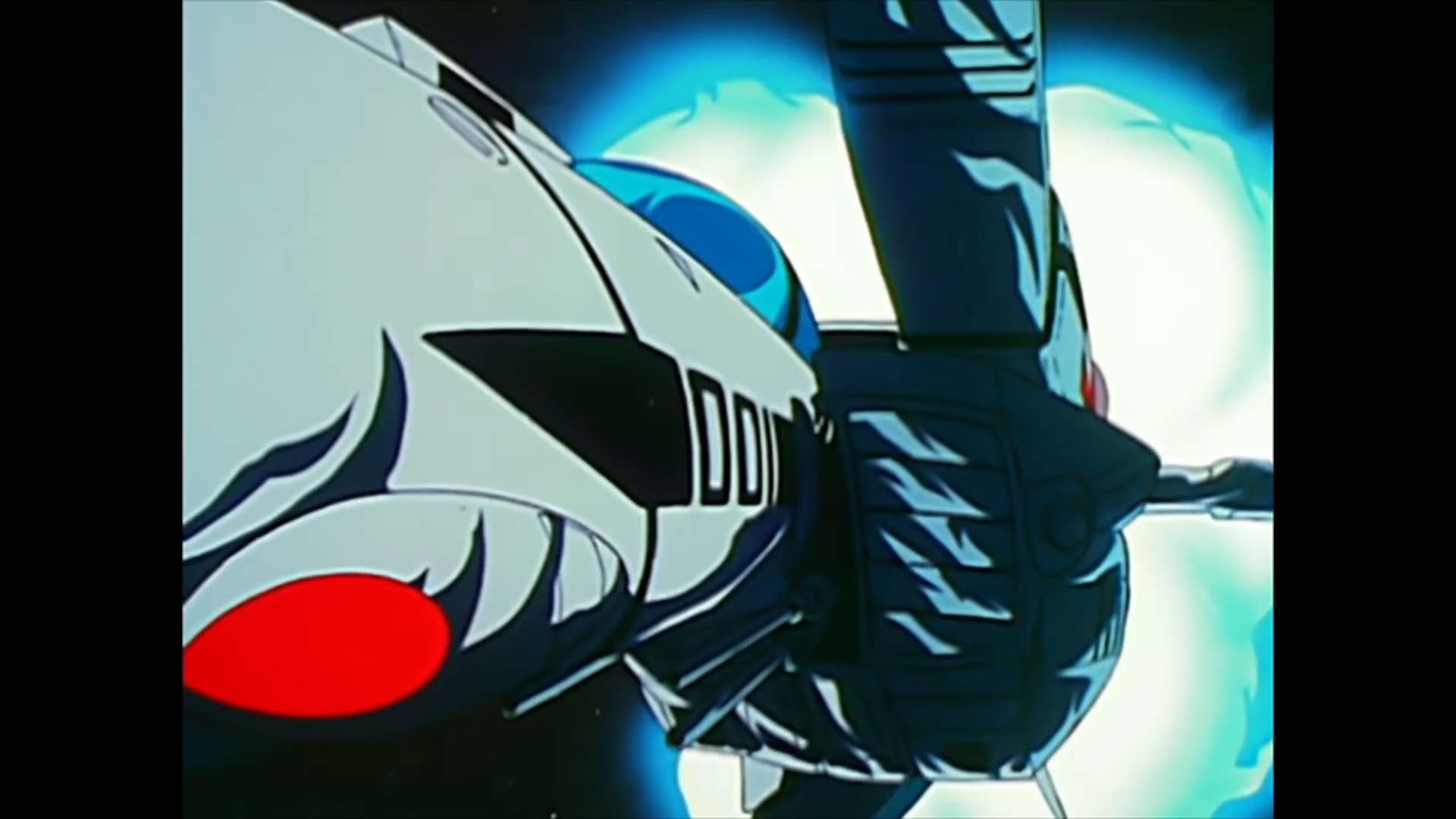
A super veritech piloted by Rick in Episode 27. Veritechs often portray postures portraying a coiled spring, alertness, and stored potential energy on a hair trigger ready to be released as kinetic energy. This is similar to many animal analogues.

A rattlesnake coiled and ready for attack. Snakes are one component of a dragon’s hybrid nature.
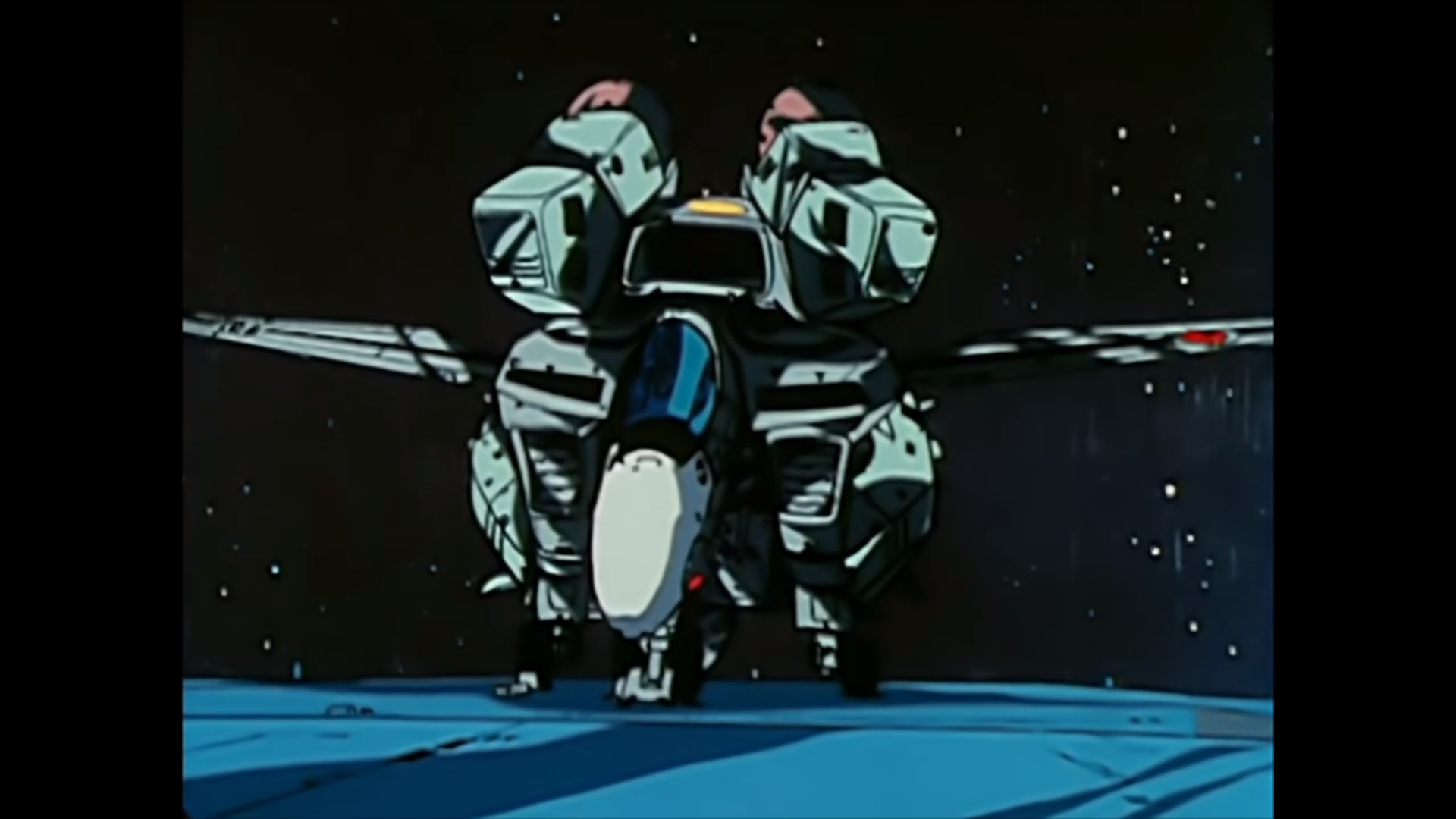
A super veritech in fighter mode as seen in Episode 27 fully armed prior to launch.

A tiger exhibiting stalking behavior. Big cats are one component of a dragon’s hybrid nature.

A tiger exhibiting stalking behavior.

A tiger exhibiting stalking behavior.
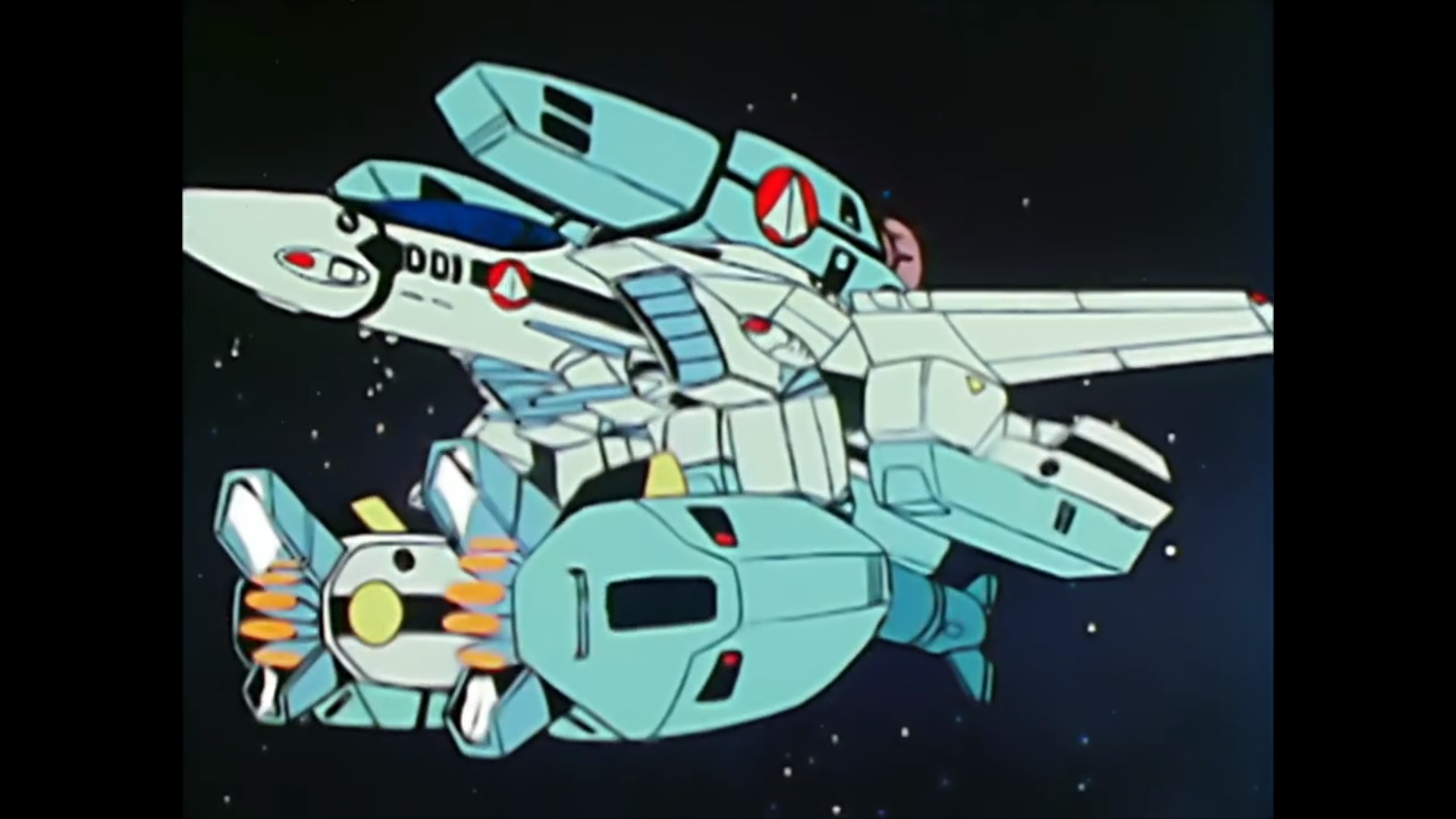
Skull-One with FAST packs piloted by Rick as seen in Episode 24: Showdown (Good-bye Girl). The thrusters somewhat resemble a raptor’s talons.

A bald eagle with talons. Raptors are one component of a dragon’s hybrid nature.

Rick and Lisa (Misa) in Skull-One as seen in Episode 27. Skull-One somewhat resembles a tamed or domesticated dragon.
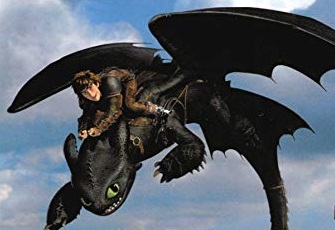
A tamed Night Fury dragon from the 2014 film How to Train Your Dragon 2.

A Night Fury dragon in profile first seen in the 2010 film How to Train Your Dragon.
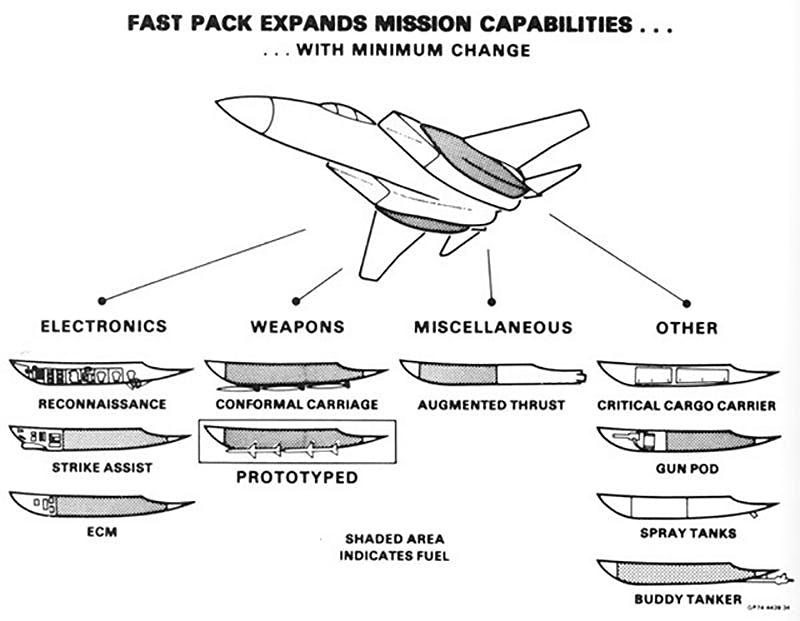
FAST Packs (Fuel and Sensor Tactical) existed for the F-15 but mounted under the wing along the fuselage. The term has since been replaced by Conformal Fuel Tanks (CFTs).

An F-15 with its CFTs ready for mounting
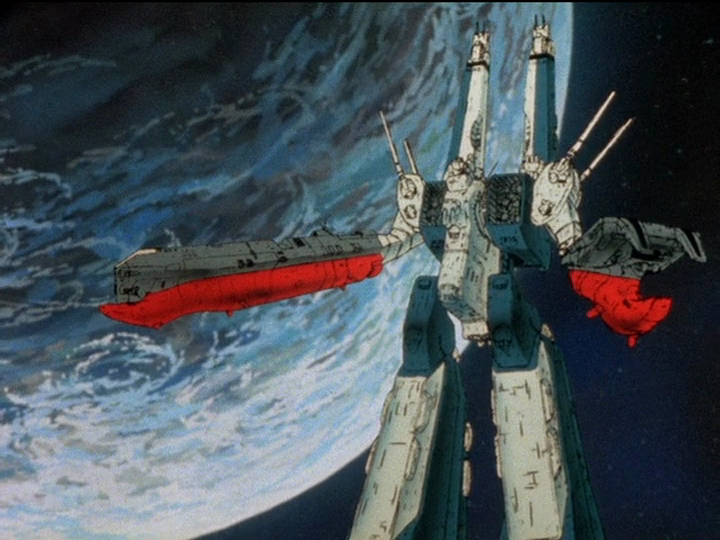
The SDF-1 in battloid mode with the CVS-101 Prometheus aircraft carrier as its left arm and the SLV (Submersible Landing Vehicle)-111 Daedalus as its right arm. These arms provide an appealing asymmetry to the ship similar to human scars, beauty marks, and tattoos. Artificial limbs are a protagonist character trope possibly implying uniqueness or superiority in their ability to overcome obstacles despite the handicap. These limbs personify and anthropomorphize the SDF-1 which may depict a tragic yearning to be human similar to Pinocchio or Data from Star Trek. While the Daedalus is used for attacks, the Prometheus somewhat resembles a claw.
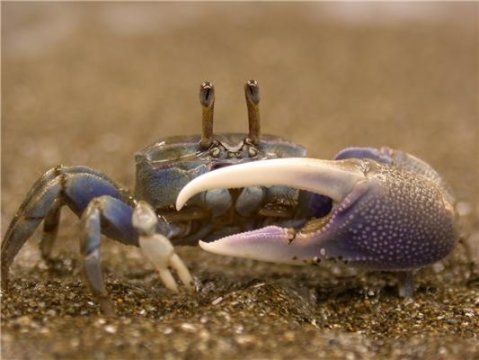
A fiddler crab with asymmetric claws
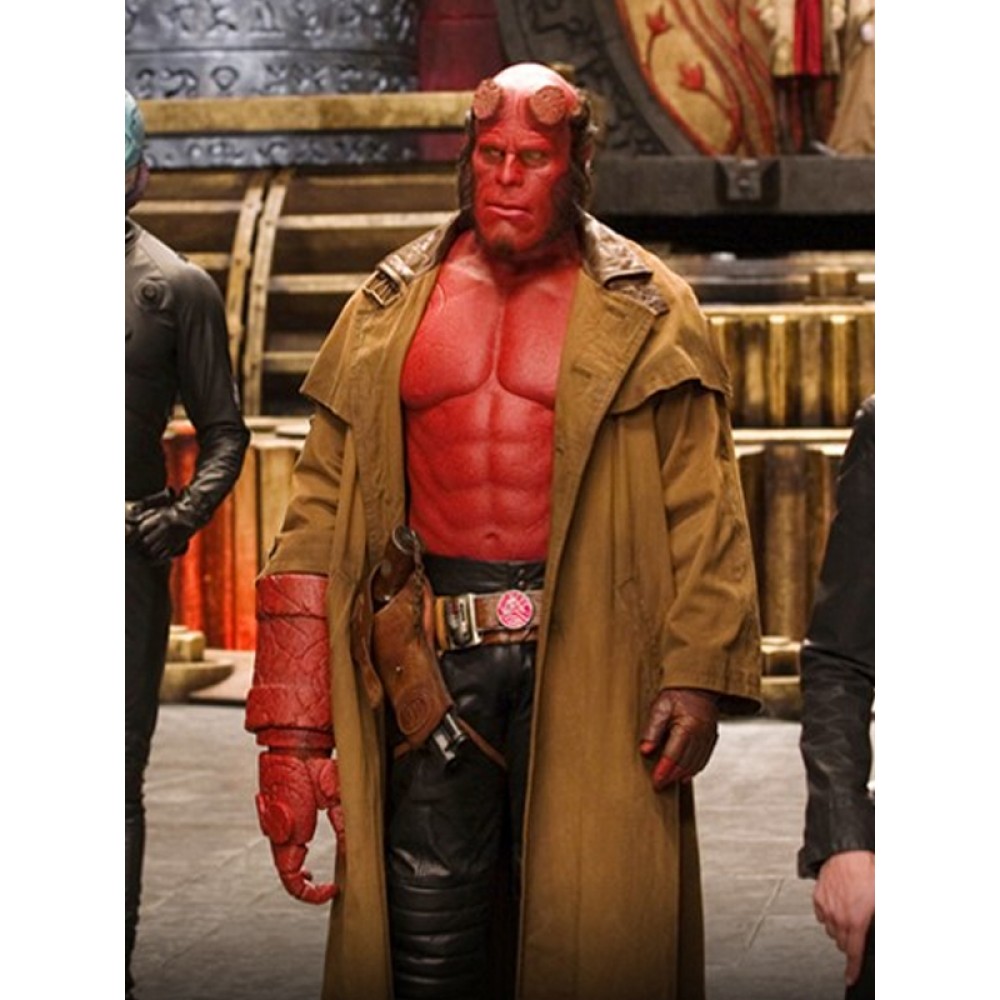
Ron Perlman as Hellboy exhibiting the right hand of doom in the 2008 film Hellboy II: The Golden Army.
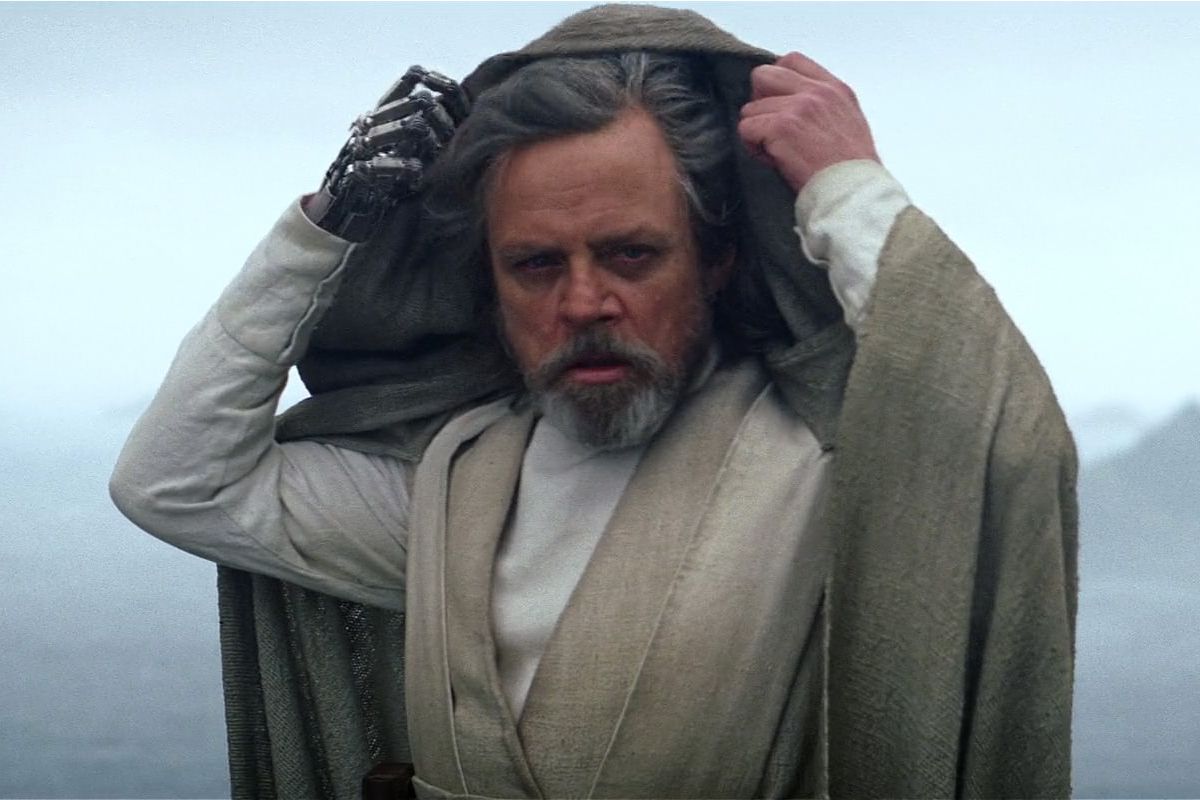
Mark Hamill as Luke Skywalker exhibiting a prosthetic hand as seen in the 2015 film Star Wars: Episode VII – The Force Awakens .
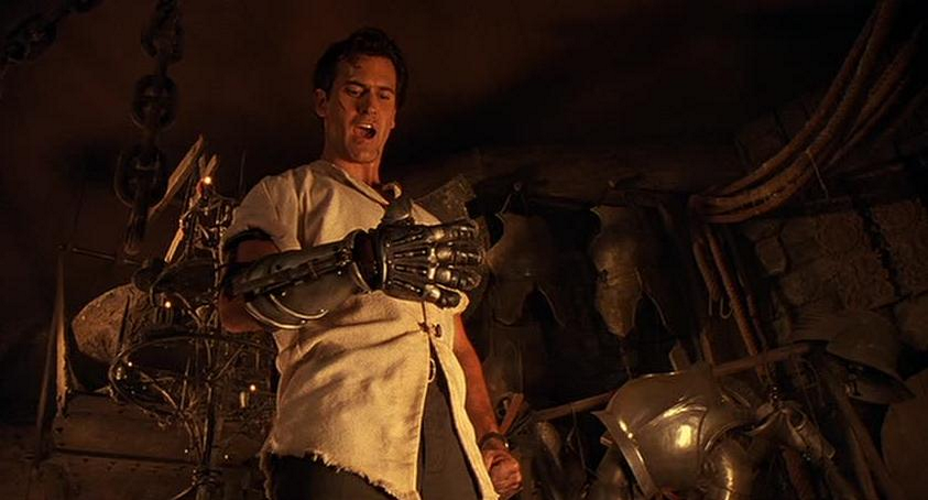
Bruce Campbell as Ash Williams exhibiting a prosthetic hand as seen in the 1992 film Army of Darkness.

Johnny Depp exhibiting two prosthetic hands as Edward Scissorhands in the 1990 film.
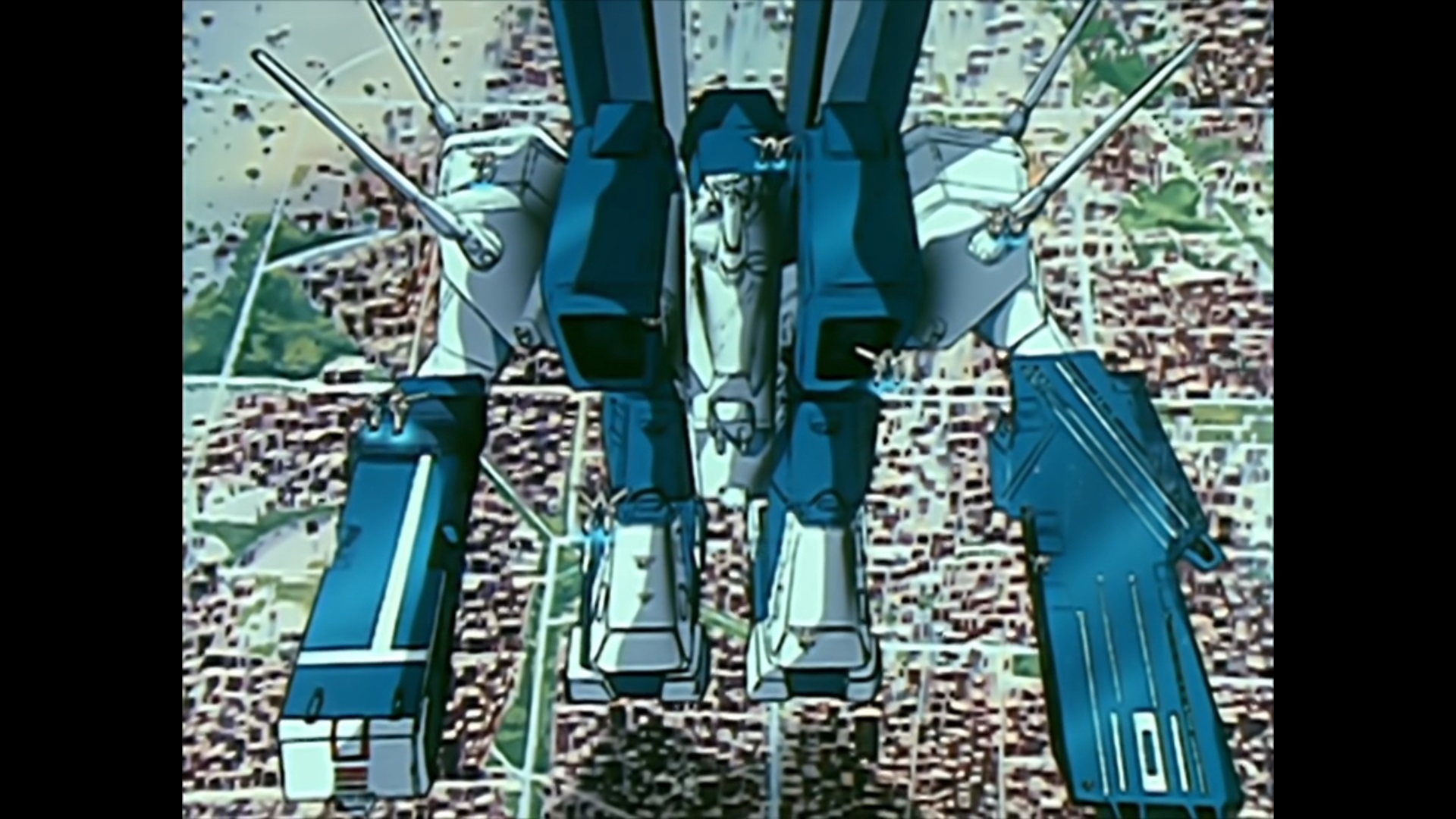
The SDF-1 with asymmetrical upper appendages

The SDF-1 as seen in Episode 19. The SDF-1 may symbolize or tonally represent a holy fool, idiot savant, paternal figure, deity, or Christ-like savior.
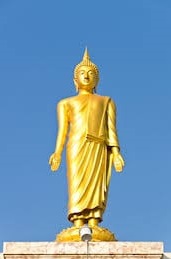
A golden standing Gautama Buddha statue with an ushnisha hairstyle as a supernatural cranial protuberance. Both hands are in the varada mudra or gesture of giving and generosity.
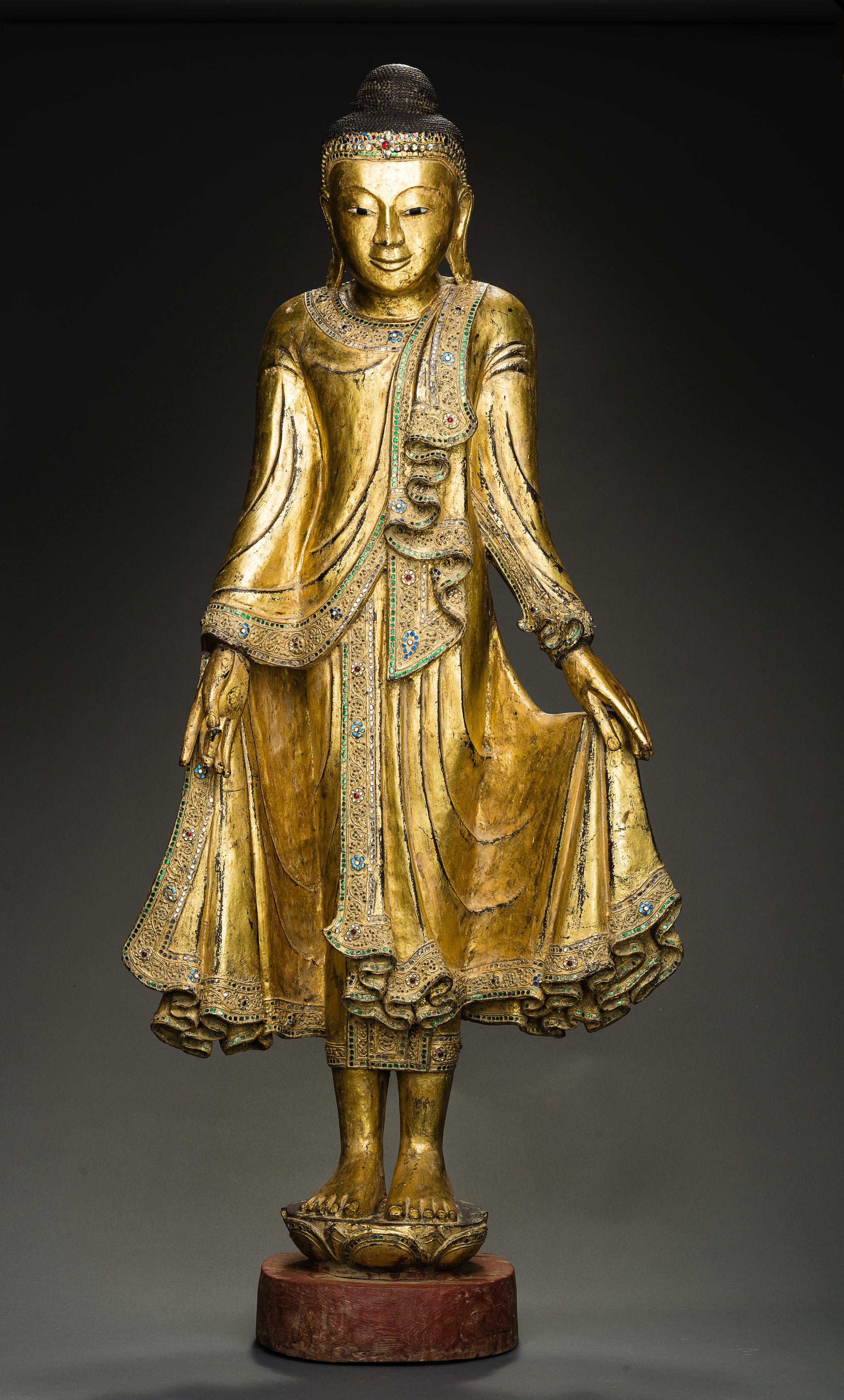
A Mandalay style standing Buddha with his right hand depicting the cincihna mudra or gesture of understanding.
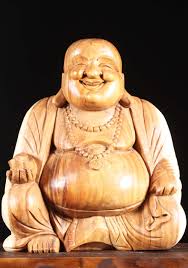
The fat Buddha of Prosperity with his right hand holding a gold ingot.
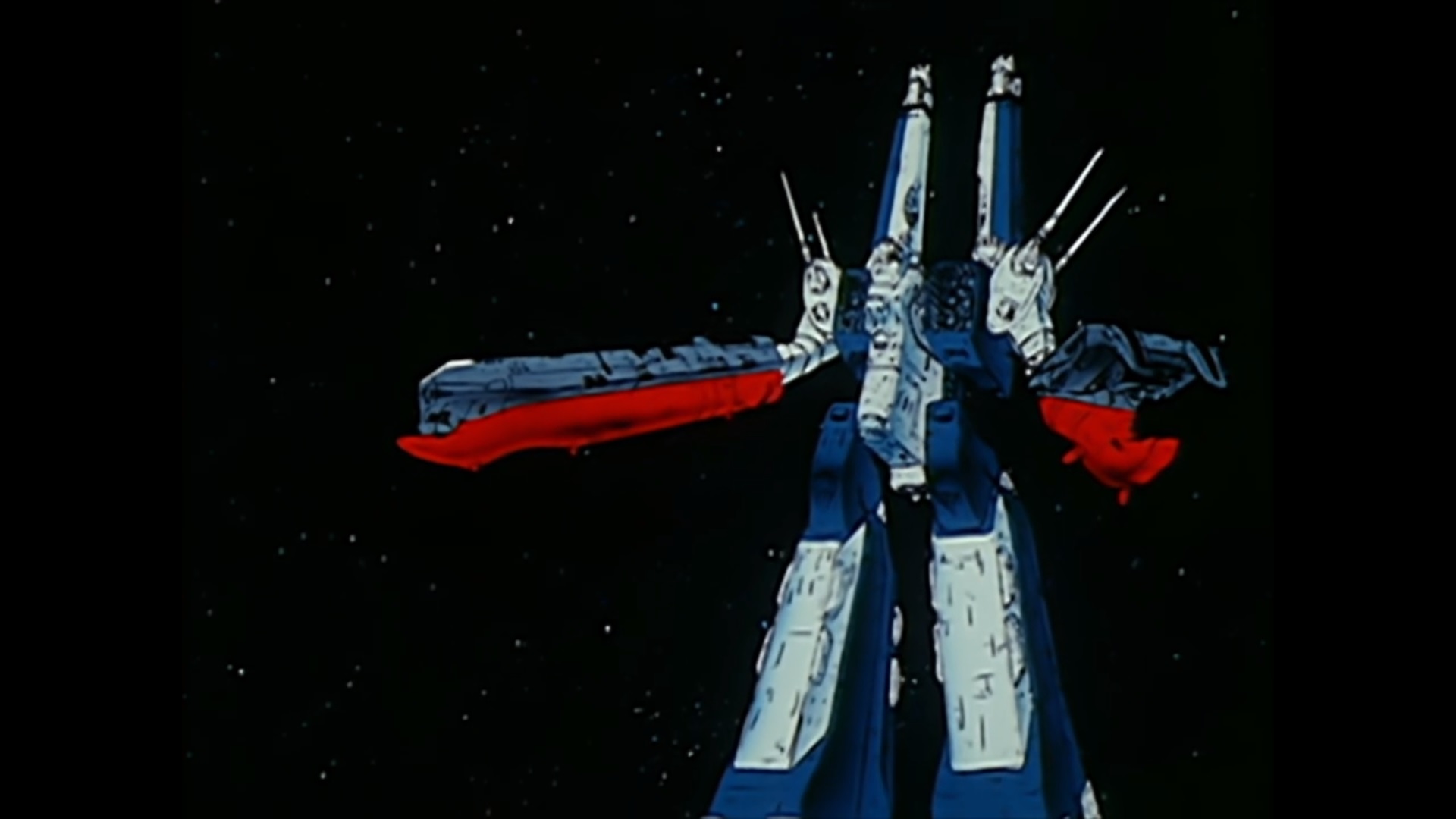
The SDF-1 as seen in Episode 13. Its appendages flare out somewhat resembling a robe or sleeves.
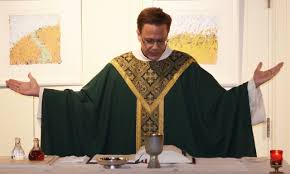
A Catholic priest in his vestment performing the sacrament of Holy Communion.
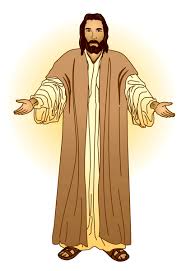
A depiction of Jesus with arms outstretched
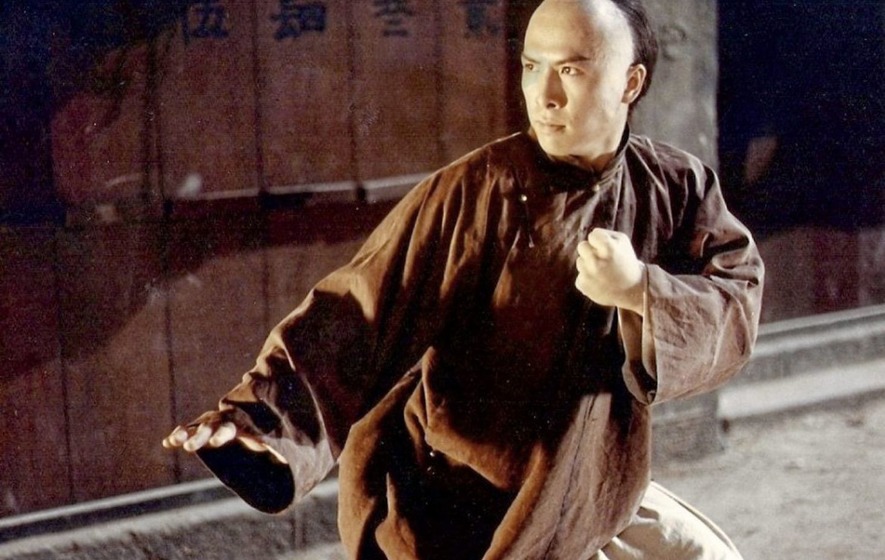
Donnie Yen as seen in the 1993 film Iron Monkey wearing a shaolin Chinese robe.

The bridge of the SDF-1 is disproportionately small or microcephalic in relation to the size of the ship. Without a visor or eyes there is no dominant focal point. The eyes of the observer reflexively scan the SDF-1 continuously searching for the focal point. The bridge appears to have a high sloping forehead similar to Sloth from the 1985 film The Goonies.

The SDF-1 and Sloth may each possess several of the same qualities and tropes. Some similar tropes are Load-Bearing Hero, Big Damn Hero, The Big Guy, Gentle Giant, The Grotesque, Happily Adopted, and White Sheep.
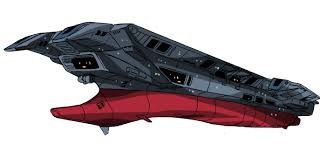
The CVS-101 Prometheus aircraft carrier
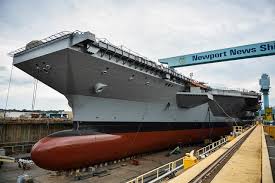
A bulbous bow of a ship in dry dock

The two protrusions shown here on the USS Midway are also seen on the CVS-101 Prometheus aircraft carrier. The prongs are named bridle arrestor sponsons, bridle arrestor booms, bridle arrestor horns, Van Helm bridle arrestors, bridle arrestors, or bridle catchers. They pulled the catapult away from the launching aircraft. The catchers are no longer needed and currently not in use as aircraft now have this portion of the catapult unit built in as part of the aircraft.
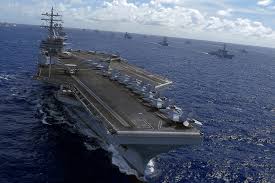
An aircraft carrier
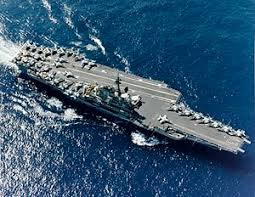
An aircraft carrier

The SLV (Submersible Landing Vehicle)-111 Daedalus

The bow doors on an LST (Landing Ship, Tank)

The bow doors on an LST

The bow doors on an LST

The door on an LSD (Landing Ship, Dock)

Catseye recon aircraft

An airborne early warning aircraft
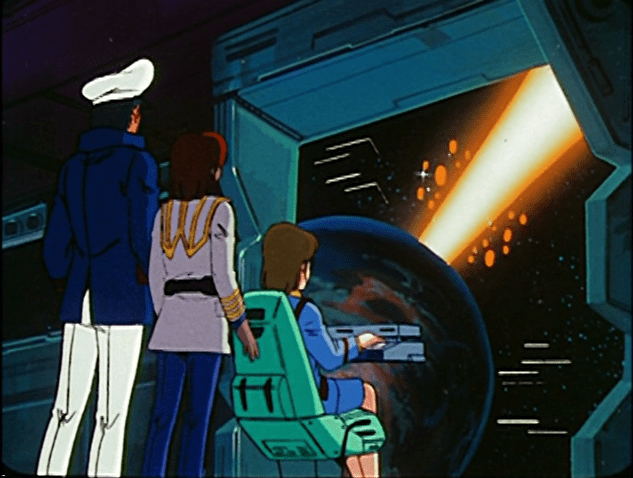
The Grand Cannon may possibly be an alternate take on the Death Star as seen in Star Wars in 1977. The Grand Canon is an organic gravity powered energy weapon used to destroy ships while the Death Star is an inorganic energy weapon used to destroy planets.
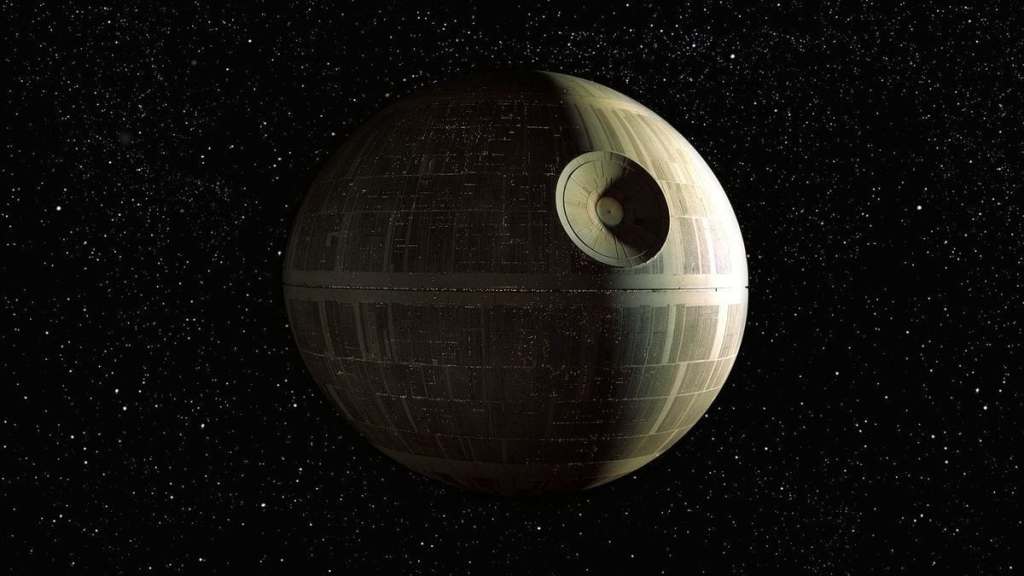
The Death Star
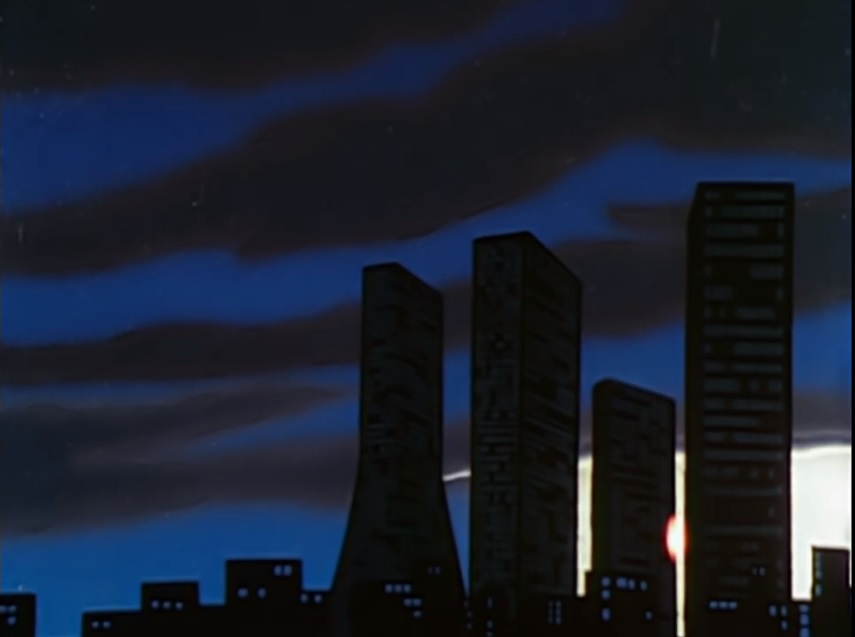
The crash landing of the SDF-1 as seen in Episode 1. The building with the flared base somewhat resembles the Sompo Japan Building.

The Sompo Japan Building constructed in 1976 in Tokyo, Japan.
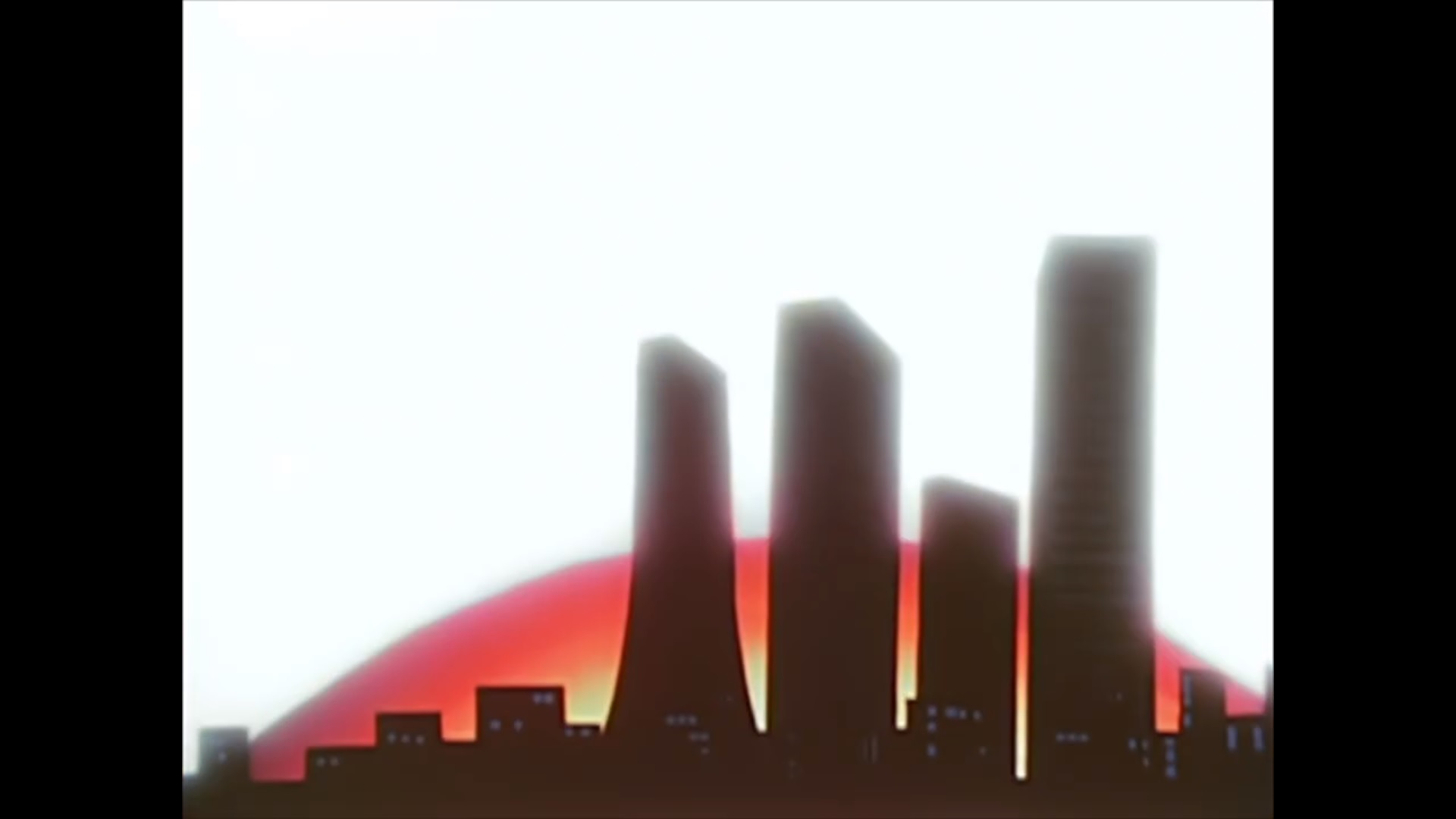
Dolza’s rain of death from Episode 27.

The crash landing of the SDF-1 as seen in Episode 1. This may represent a fertilization event, the divine gift, or the spark of creation.
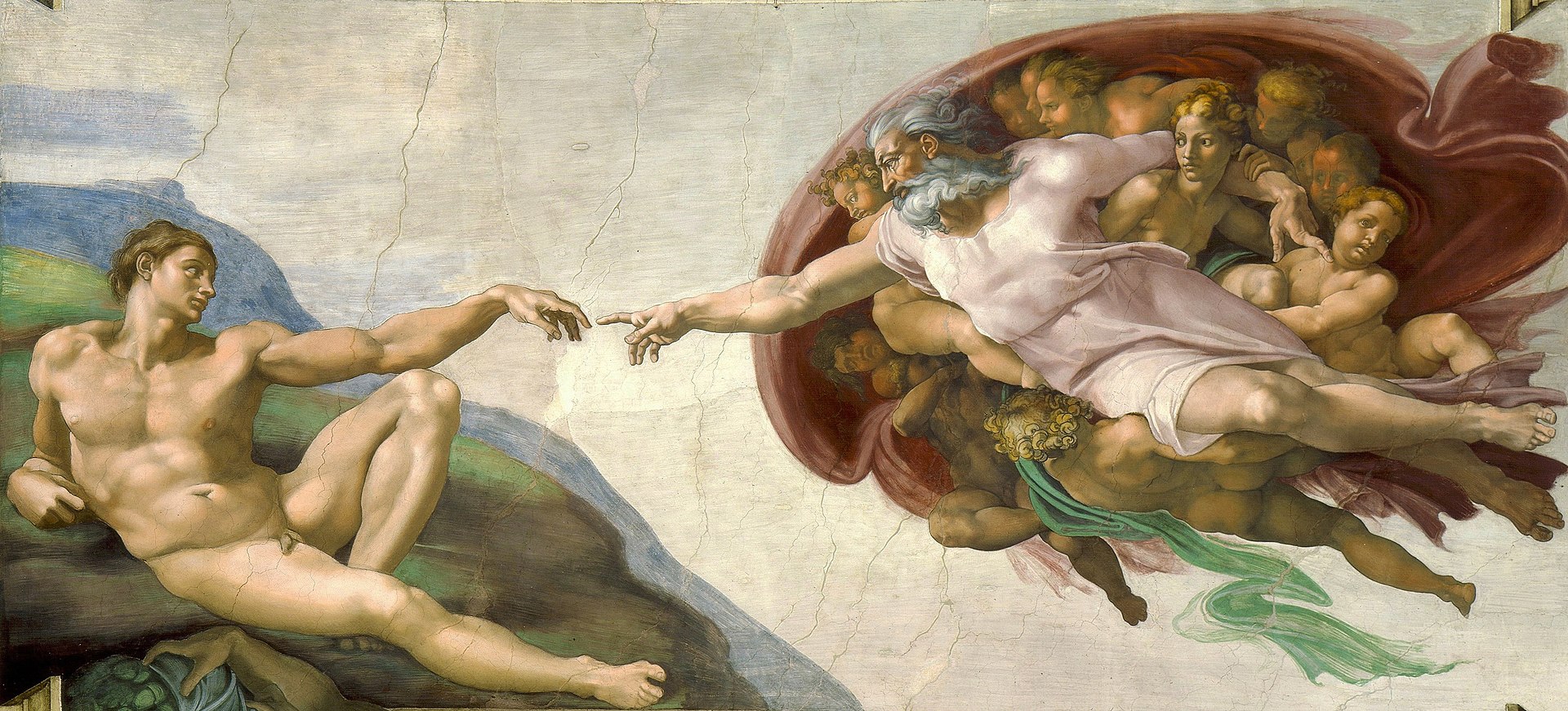
Michelangelo’s 1512 fresco painting The Creation of Adam

The crash landing of the SDF-1 onto Earth as seen in Episode 1 somewhat resembling gametes and conception.
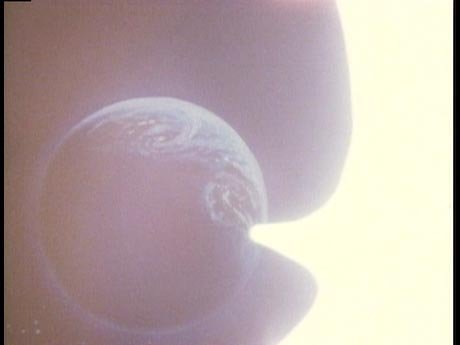
The crash landing of the SDF-1 as seen in Episode 1.
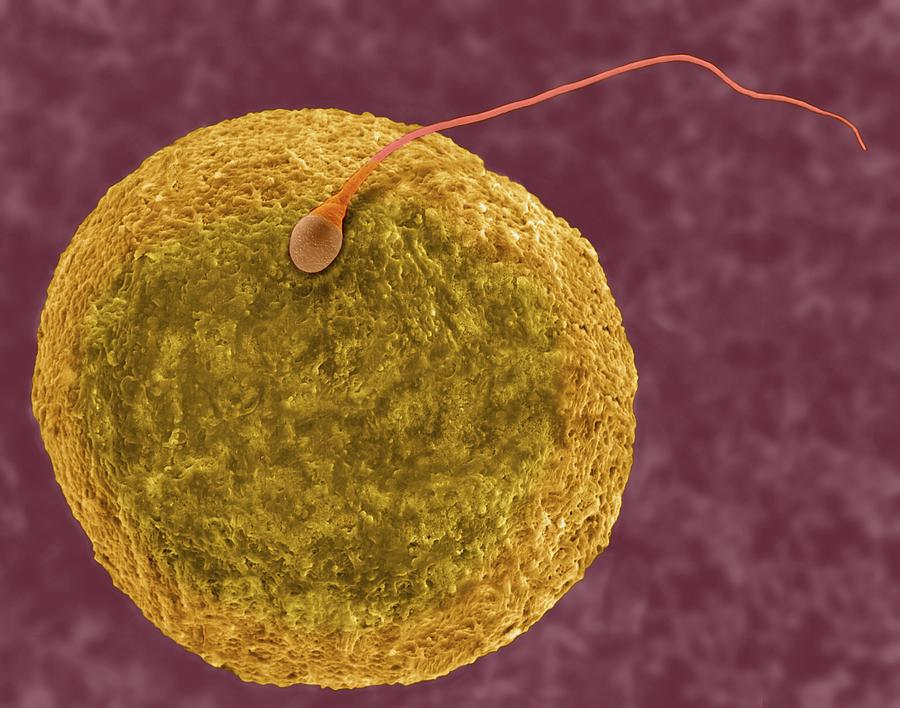
A scanning electron micrograph of human gametes at conception

A Daedalus attack as seen in Episode 27 inside Dolza’s fortress. This is the epitome of the Macross Missile Massacre trope and the Roboteching trope. These missiles somewhat resemble male reproductive fluid.
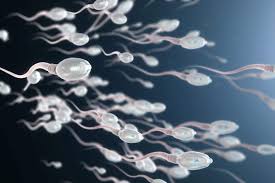
Male reproductive fluid

A Daedalus attack as seen in Episode 6.

A Daedalus attack as seen in Episode 6.
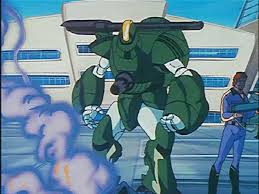
Zentreadi Male Power Armor (Nousjadeul-Ger in SDF Macross) as seen in Episode 34. The central cannon somewhat approximates male anatomy.
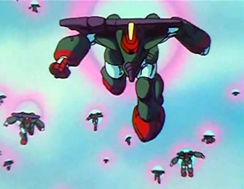
Zentreadi Male Power Armor as seen in Episode 31.

The male gender symbol or Mars symbol

Zentreadi Officer’s Battlepod (Glaug Officer’s Battle Pod) with a prominent top mounted cannon

Zentreadi Female Power Armor (Queadluun-Rau) as seen in Episode 18. The armor lacks any obvious cannon, is much more rounded, and approximates female anatomy.

The female gender symbol or Venus symbol

The Venus of Willendorf figurine likely carved 22,000 BCE (Before the Common Era).

Human male and female anatomy

Miriya Parina Sterling (Milia Fallyna Jenius) as seen in Episode 24. The knife may be symbolic of a male anatomical pseudo appendage. In Robotech, if female Zentreadi are an updated version of Amazons, all artifice and pretense of symbolism is eliminated and literally manifests as the Praxians in the novelizations by Jack McKinney. The pattern of exclusively female gender groups and the surrendering of tools or instruments continues in Robotech with the character Musica and her cosmic harp in episodes 37 to 60 of the second Robotech war. Refer to part 2 of this photo essay for examples.

An electronic massager or male anatomical pseudo appendage

An electronic massager or male anatomical pseudo appendage

Zentreadi Female Power Armor in a state of seductive repose.
Further Discussion
The YouTube video linked to below is a one hour presentation tracing real world inspirations for the Macross franchise from its earliest stages to its most recent iterations. Twitter username VF5SS presented the material at the 2014 Anime Boston Convention. The presentation is titled Ride of the Valkyries: A Guide to the Mecha of Macross @ Anime Boston 2014. The CollectionDX YouTube channel posted the video on 3/23/2014. The link below was active as of 11/24/2019.
Very cool – I never understood why I liked guardian mode so much before!
LikeLiked by 1 person
To be clear, the original Japanese artists have never claimed dragons or eagles were their inspiration for the gaurdian (GERWALK) mode. I am simply speculating the subconscious mind of the viewer may respond to this imagery almost instinctively. I am also speculating the Japanese artists may have subconsciously recreated images based on these same instincts or biases. These instincts and biases may be shared by all of humanity.
LikeLike
This is amazing, thanks for making this. It is awesome to see the artwork, just for its own sake, and then to see the comparisons you find.
LikeLike
Thanks but all credit is due to the original Japanese creative staff. They had the talent to selectively synthesize historical iconography into an updated modality.
LikeLike
Very pedantic and low-value, and has all the academic legitimacy of a wet sack of burlap. Please, do yourself a favor and close this site down before those whose IQ’s range in the dual-digits think you have something here. Thanks.
LikeLike
I resemble that remark. I’ll have you know I happen to be of low dual-digit IQ. I caution everyone to understand these images did not inspire Macross designs. I am implying these might be happy accidents or simply the essence of the artist’s endeavor.
LikeLike